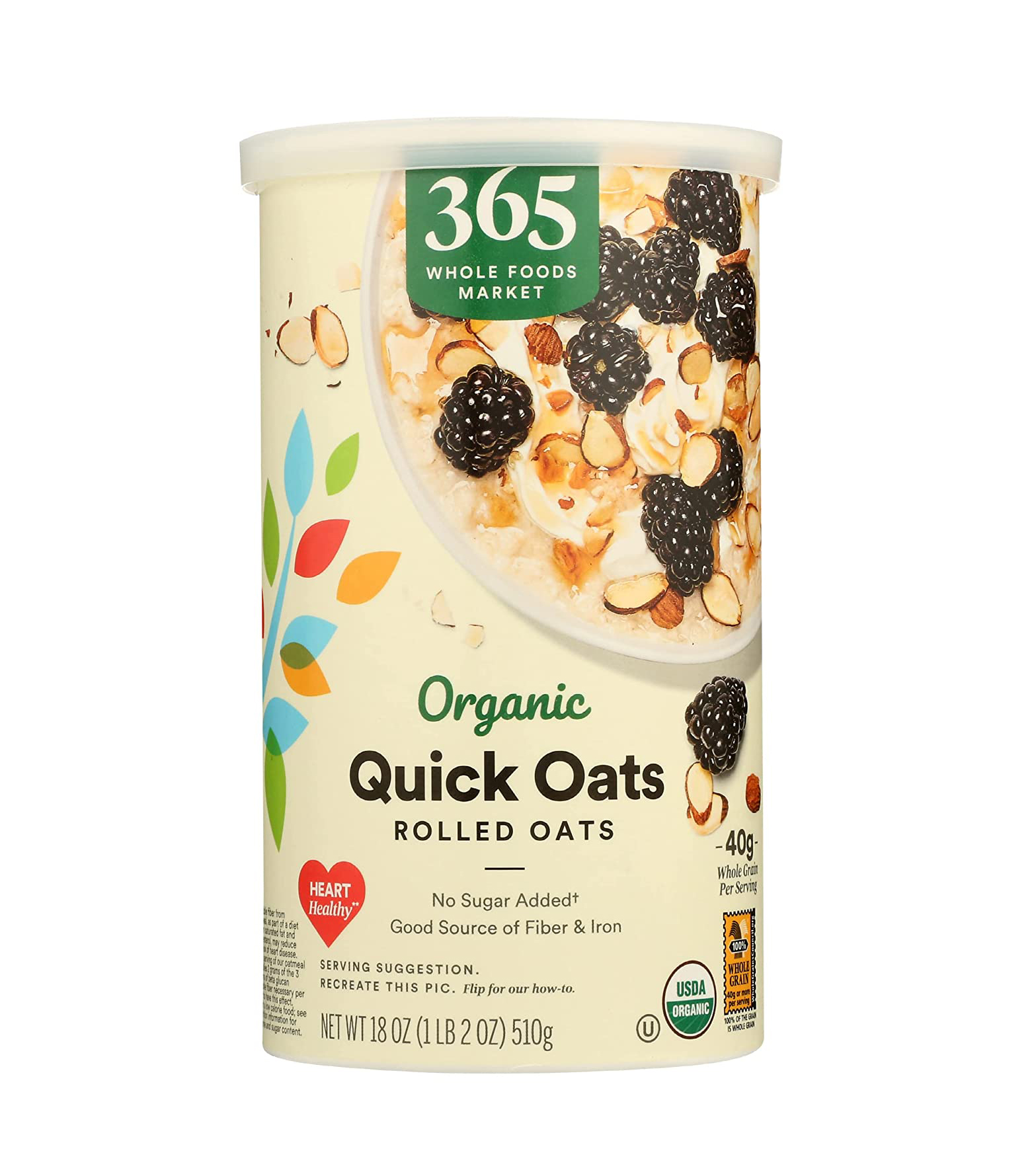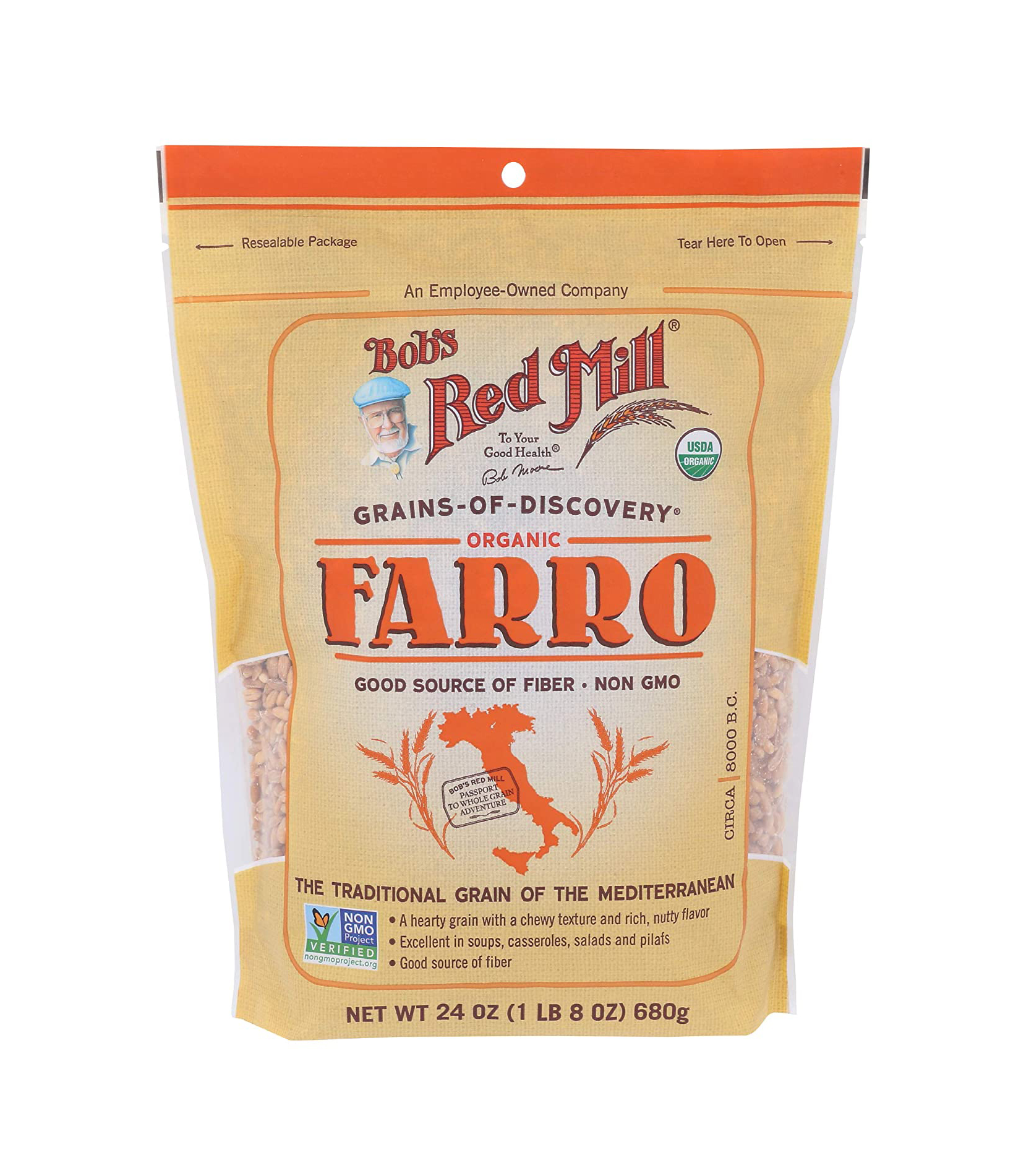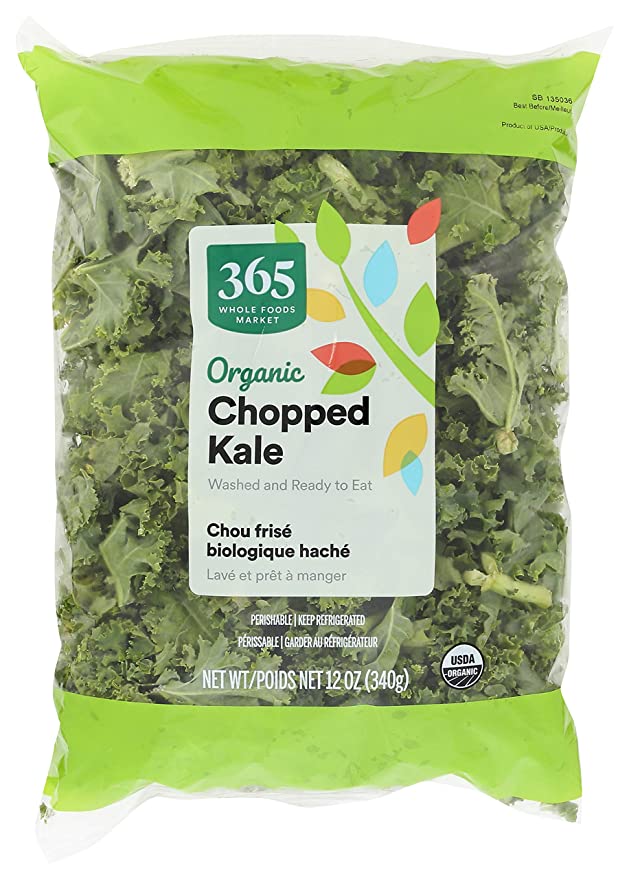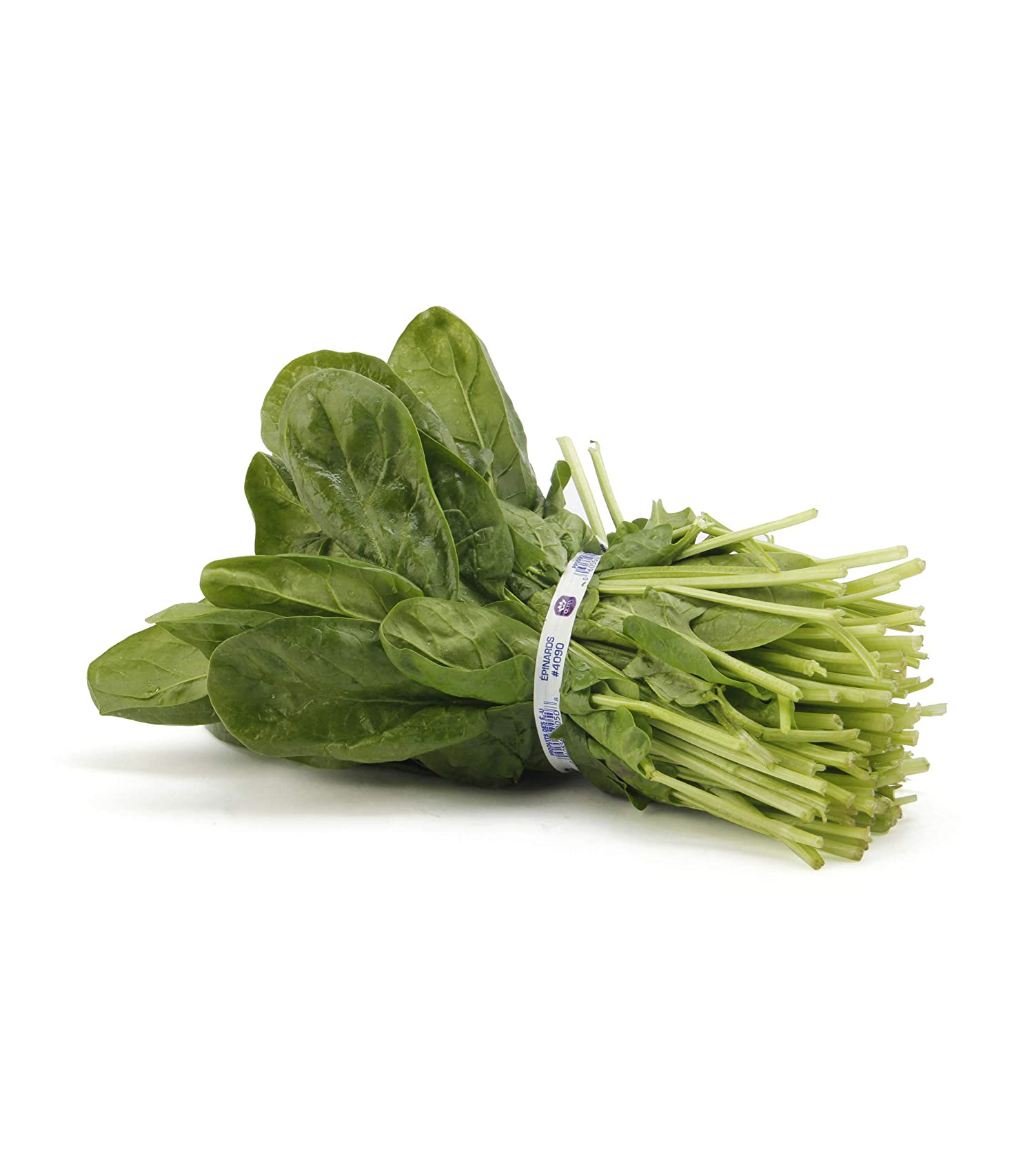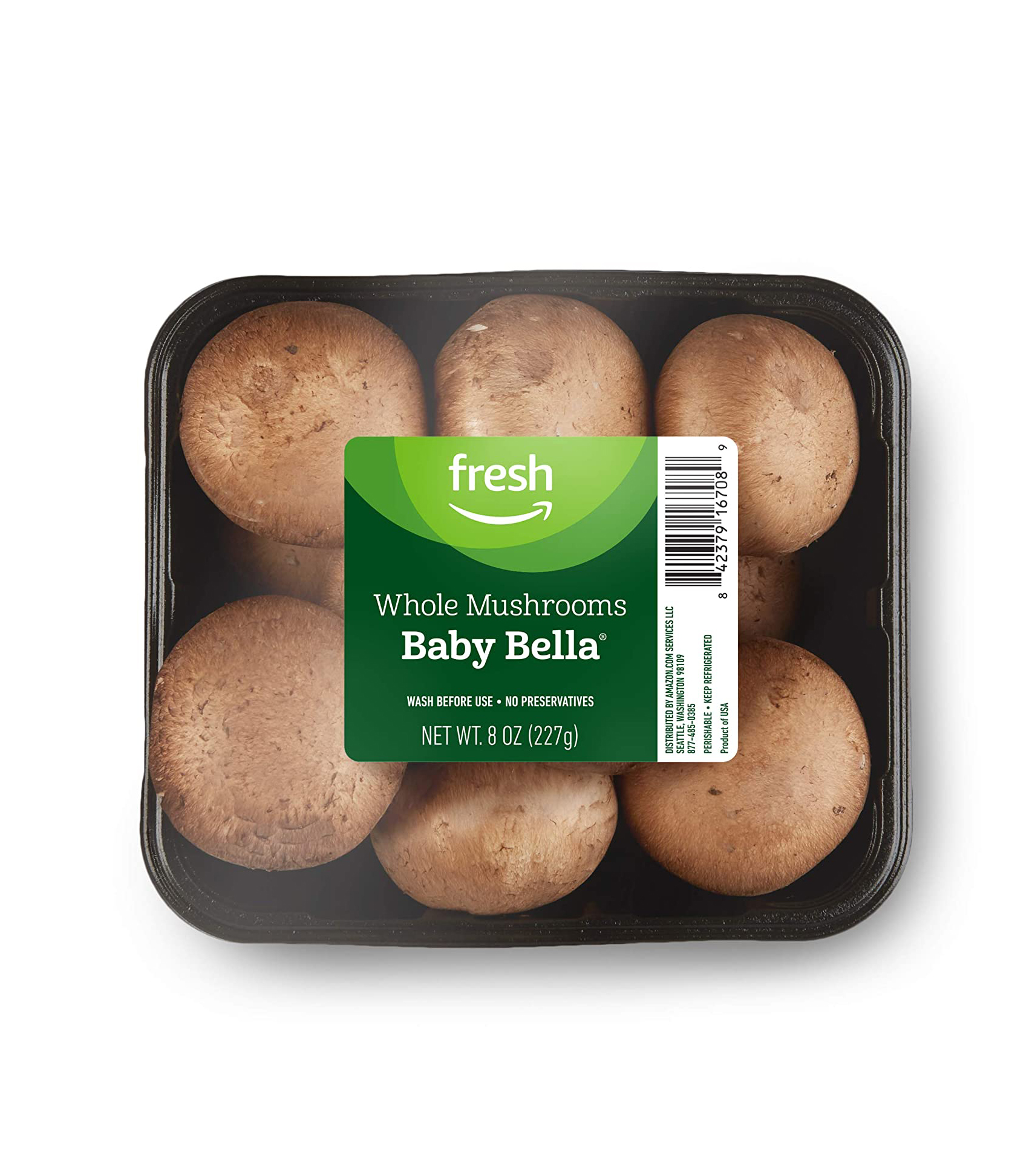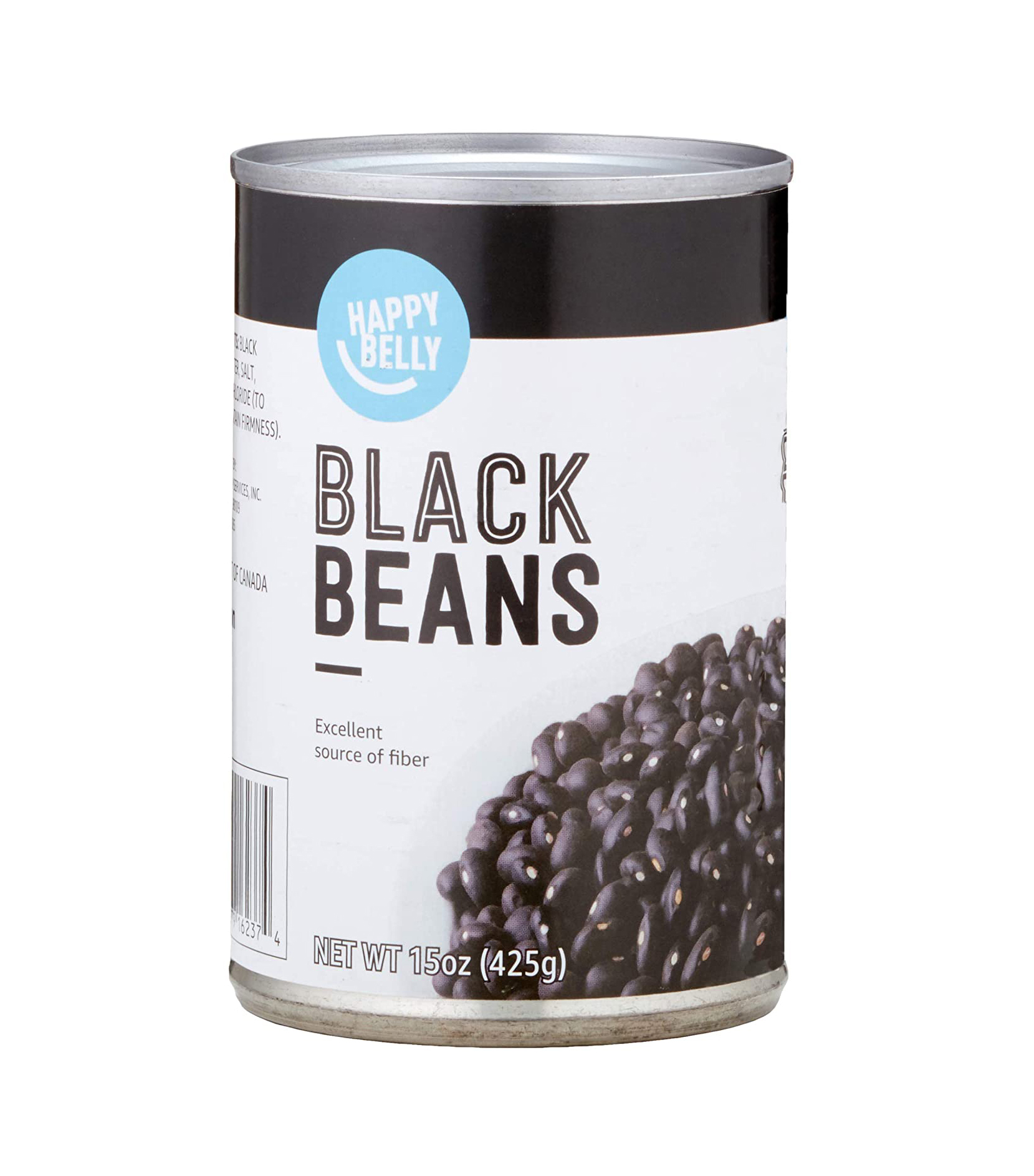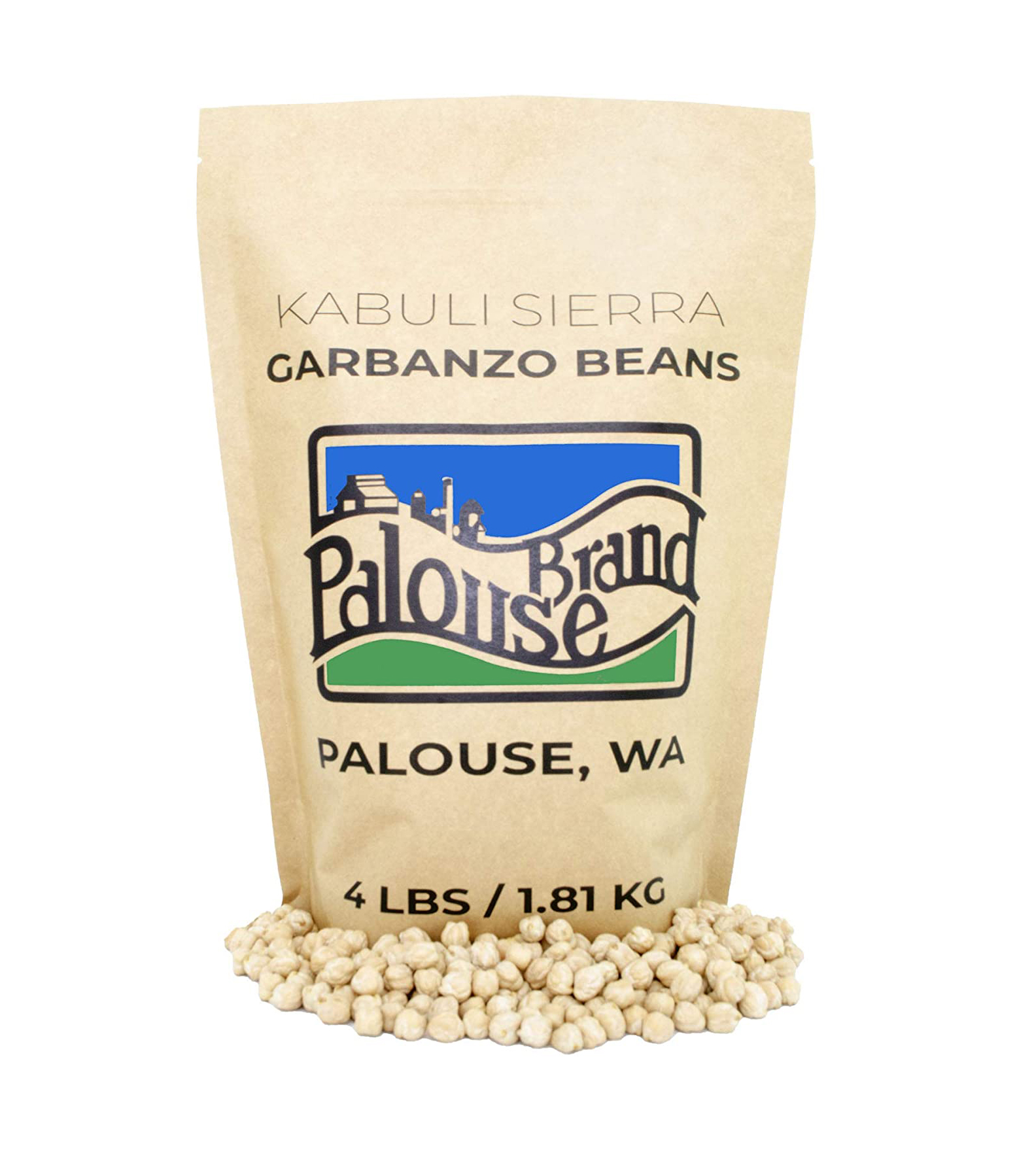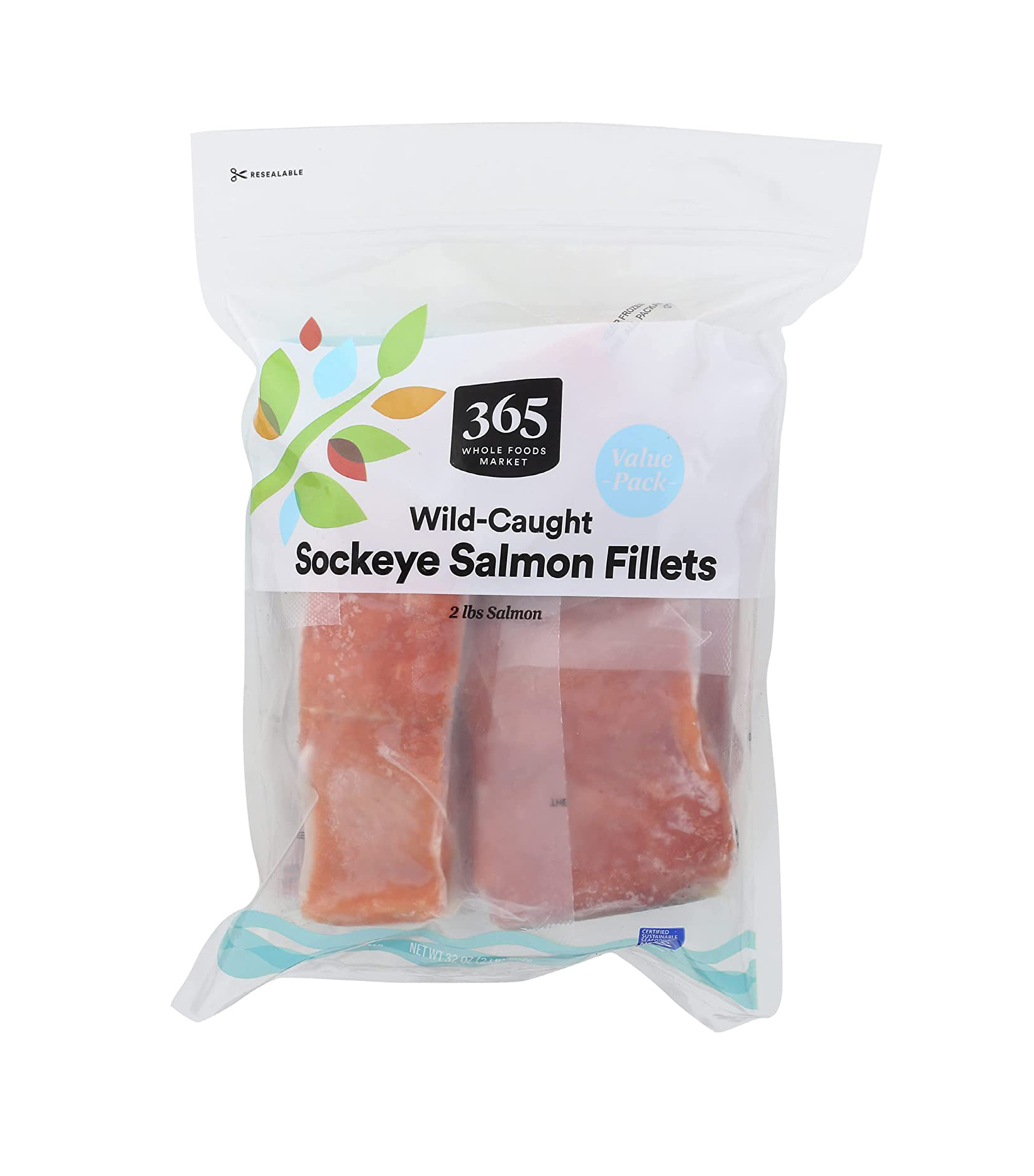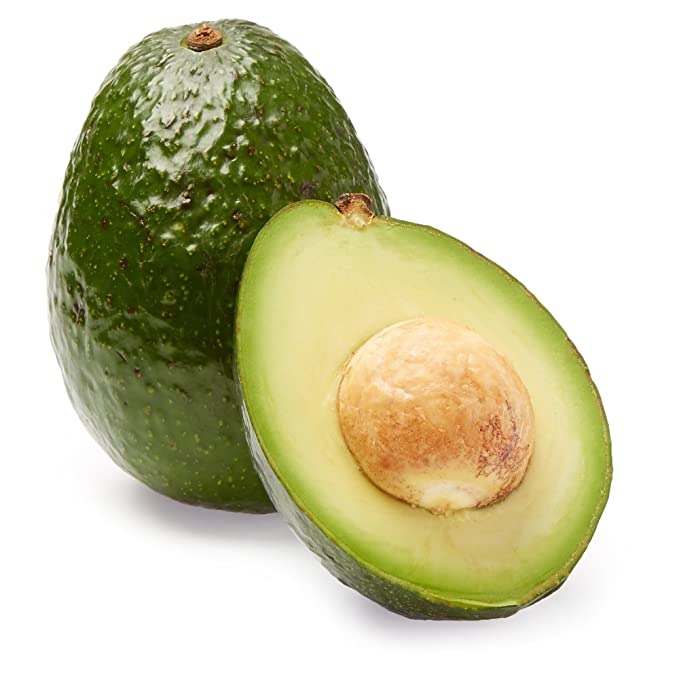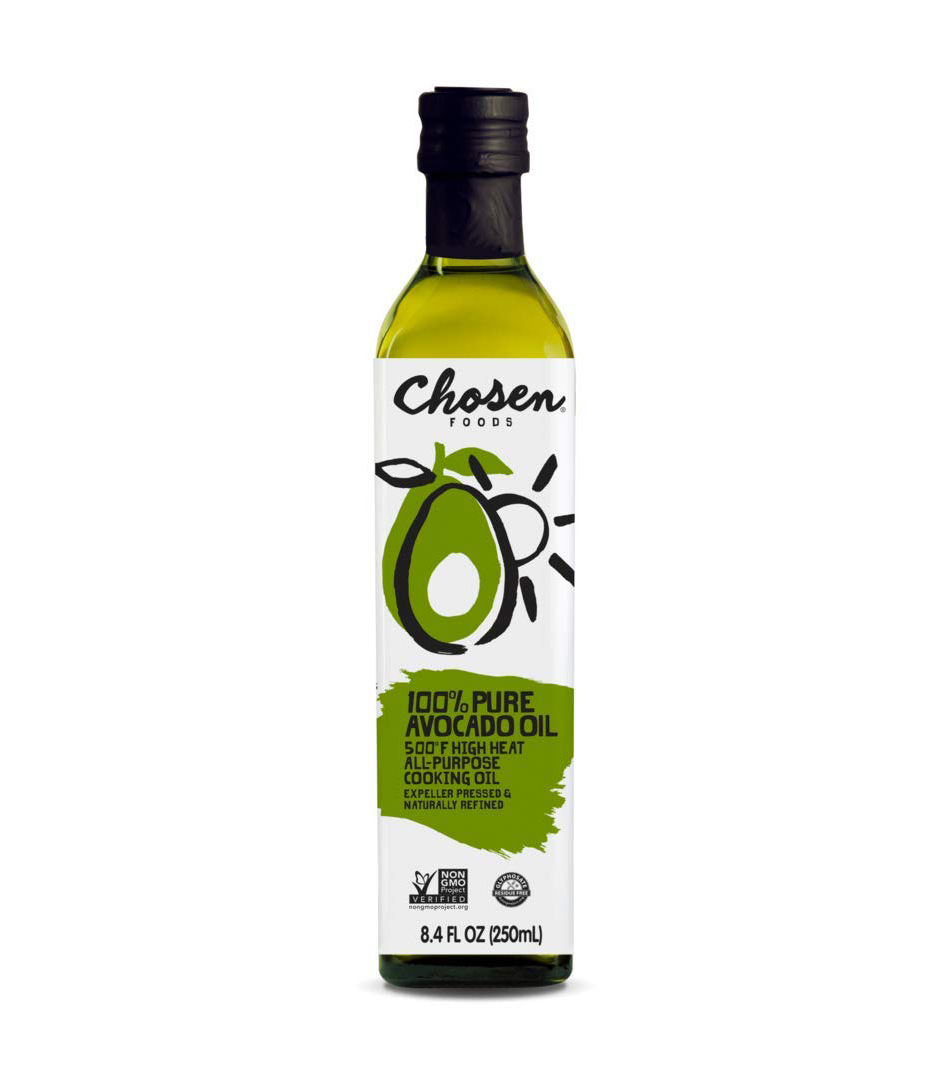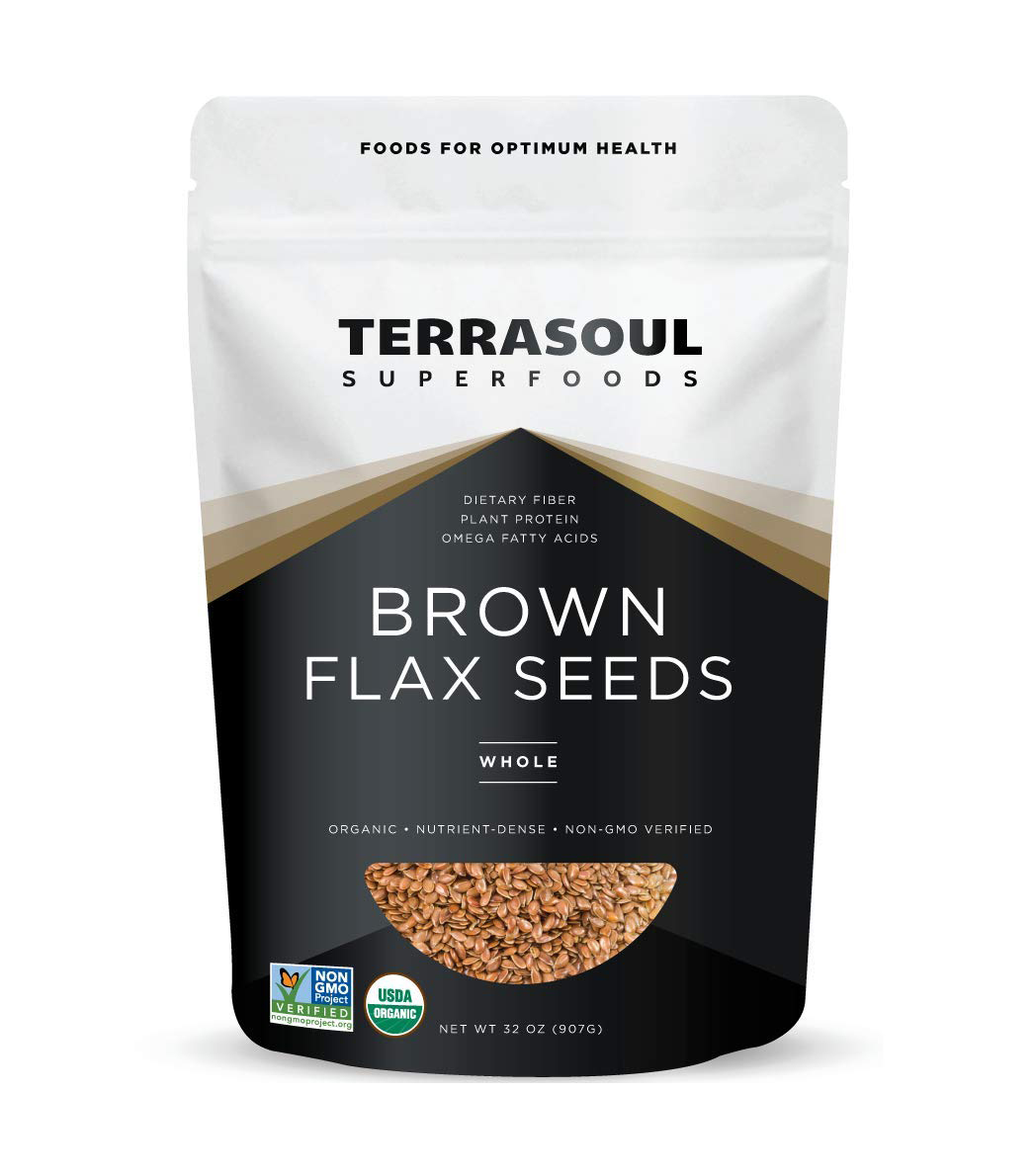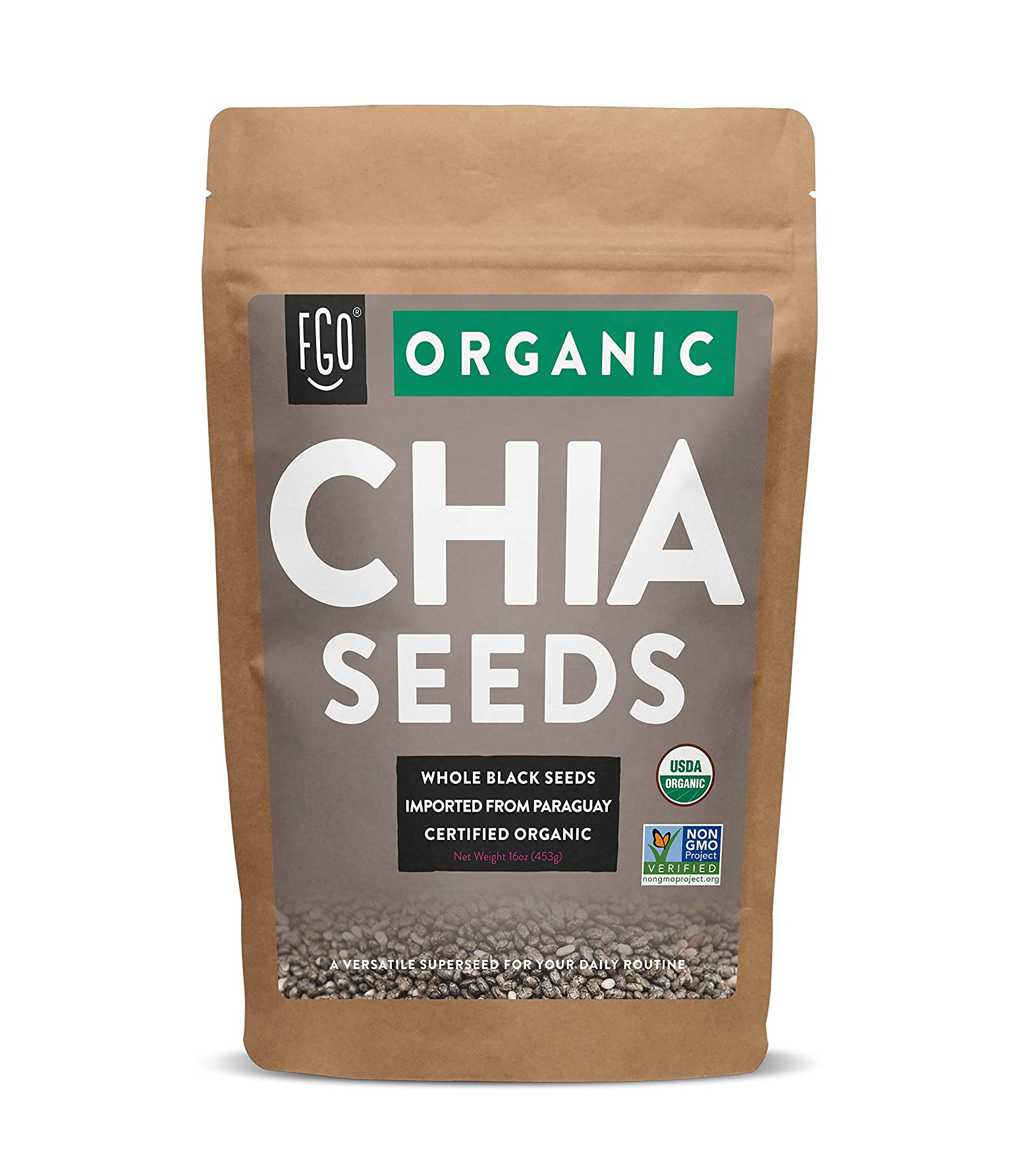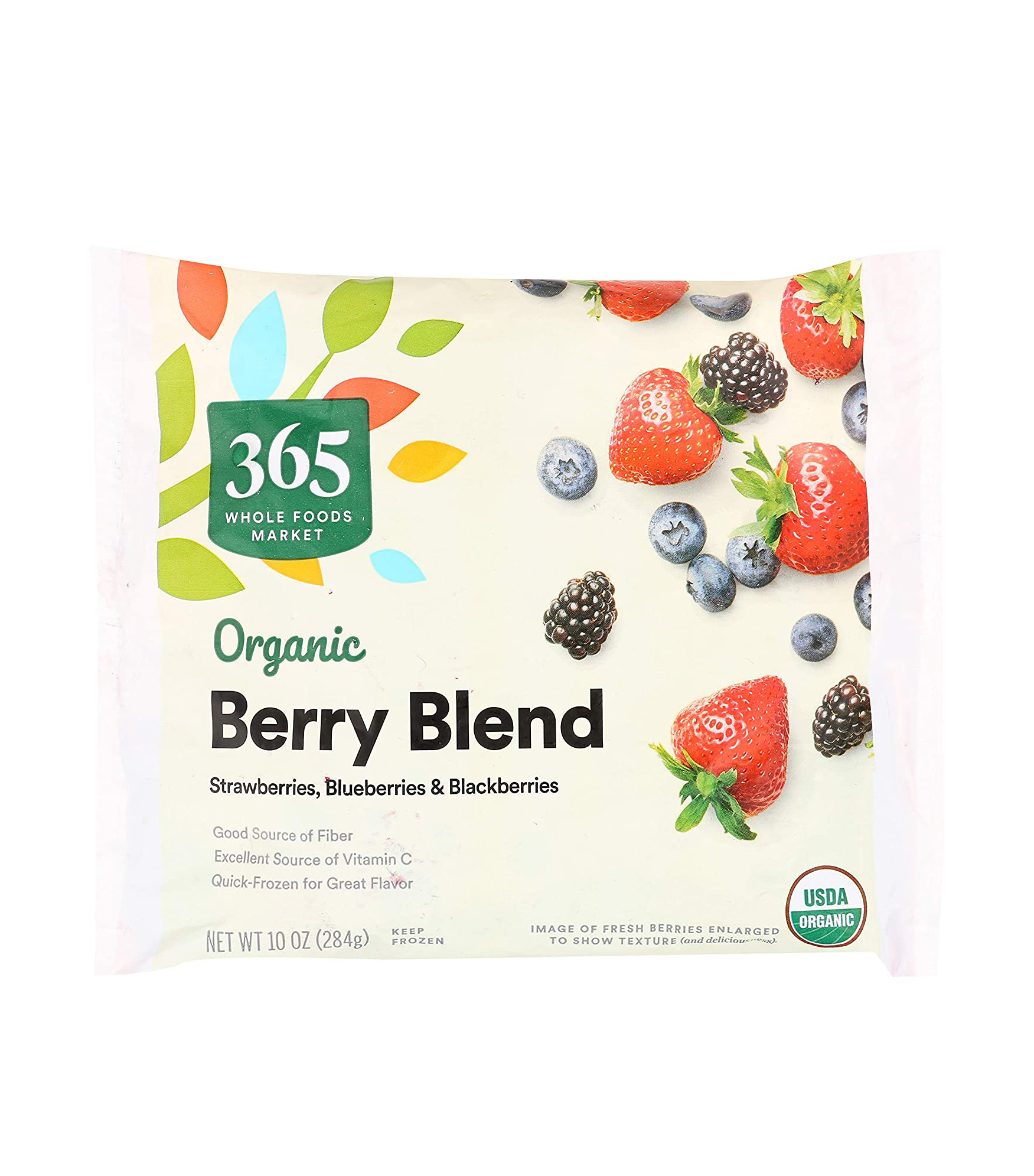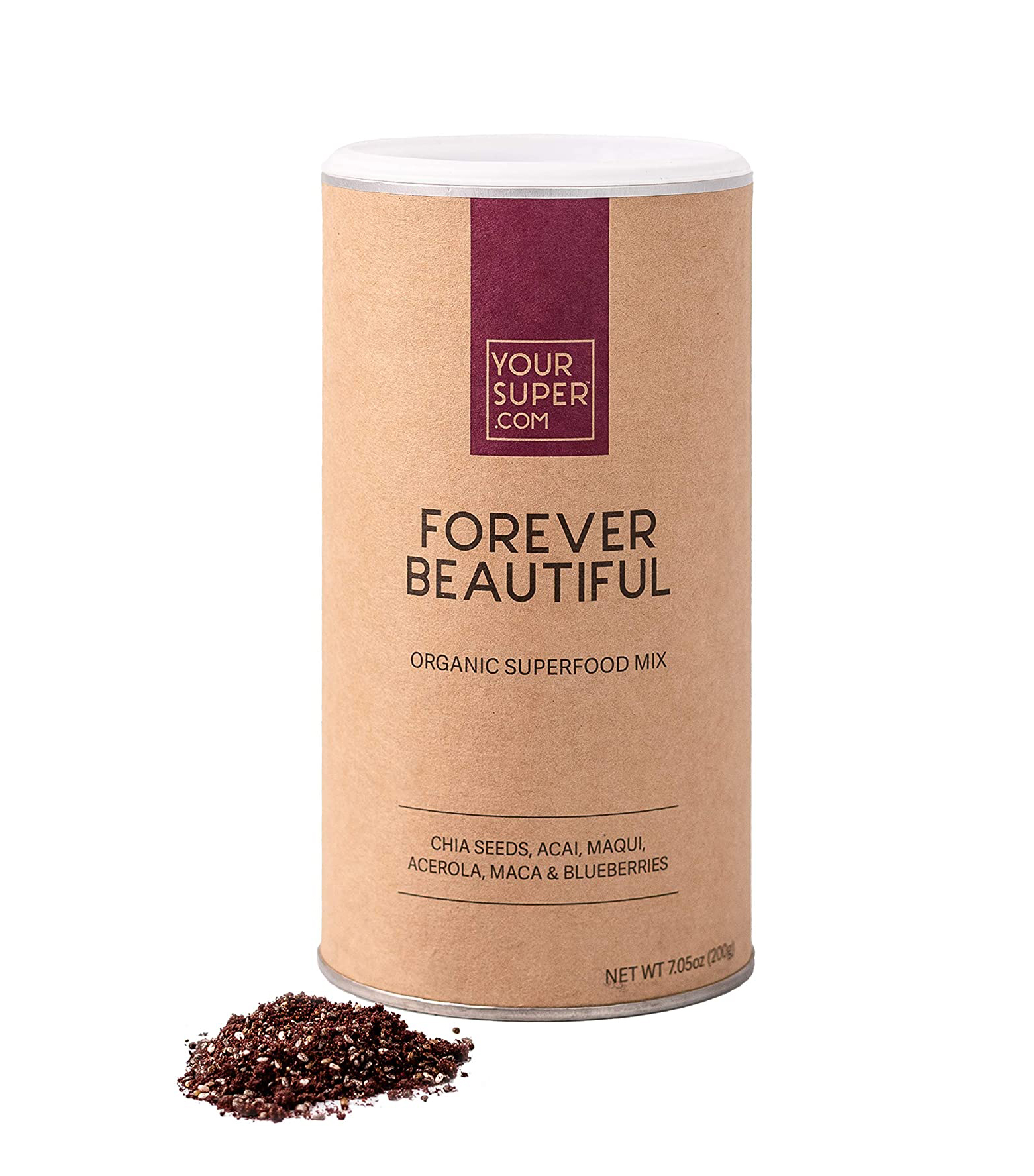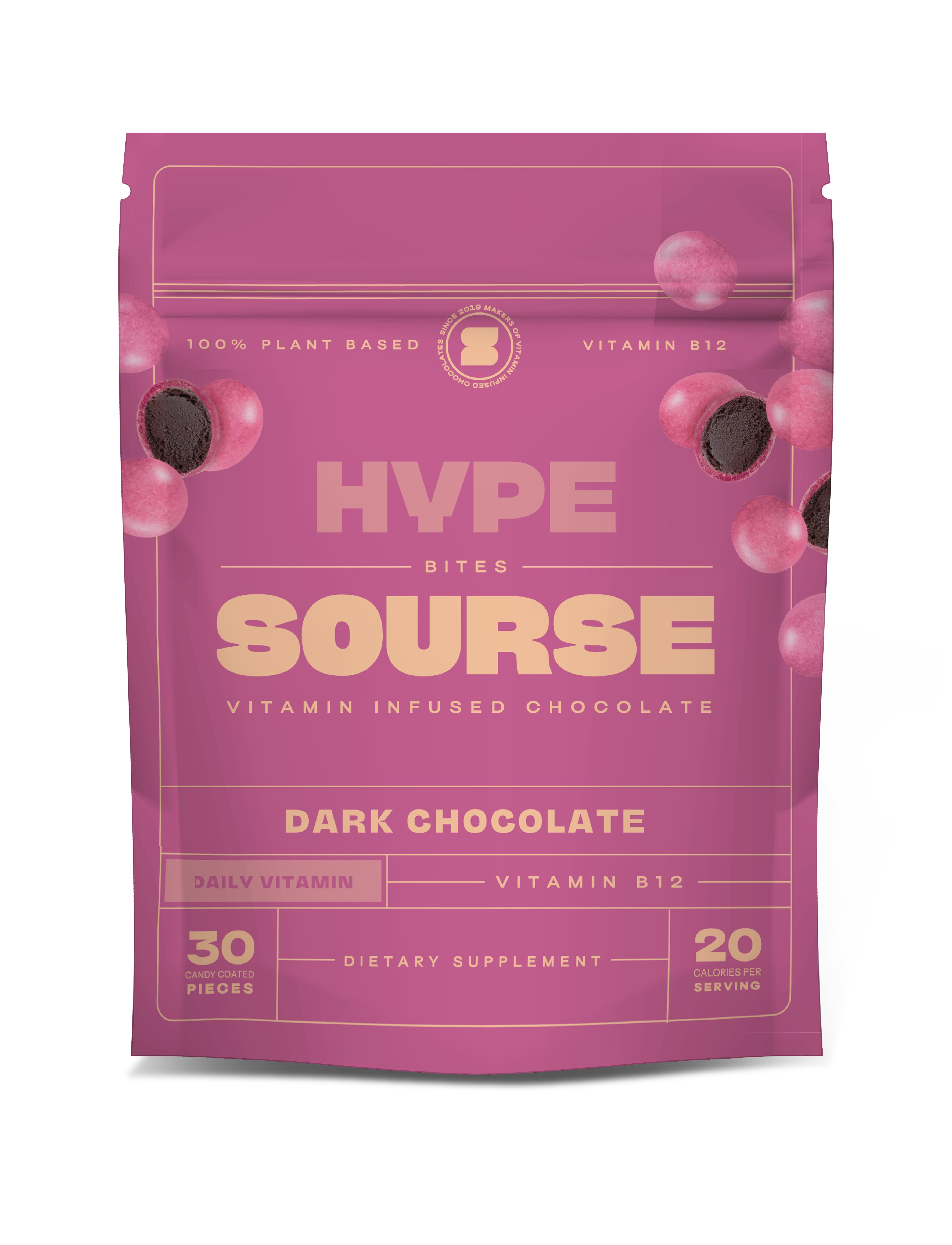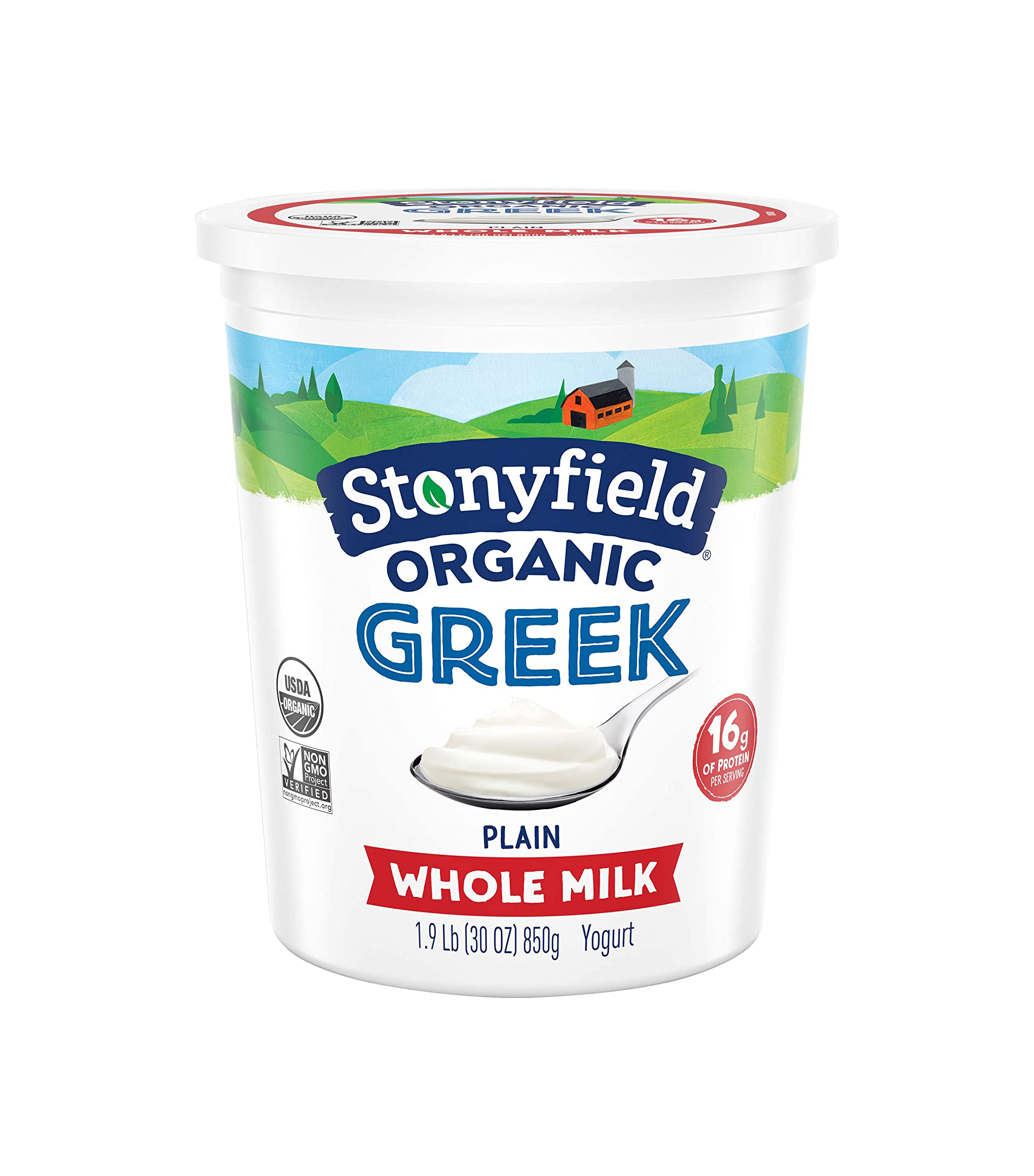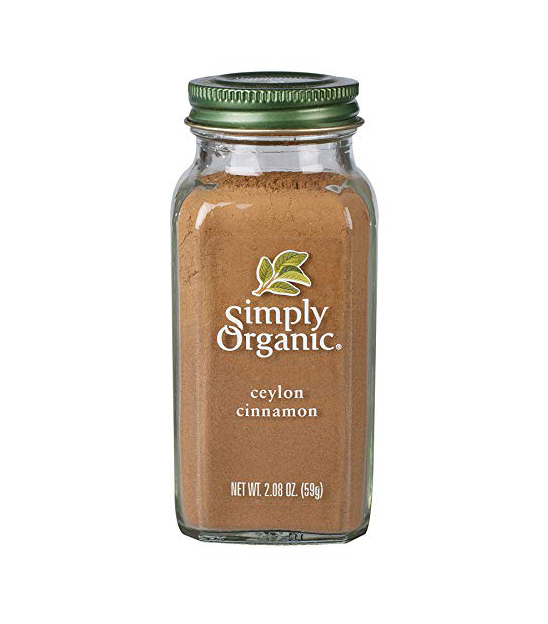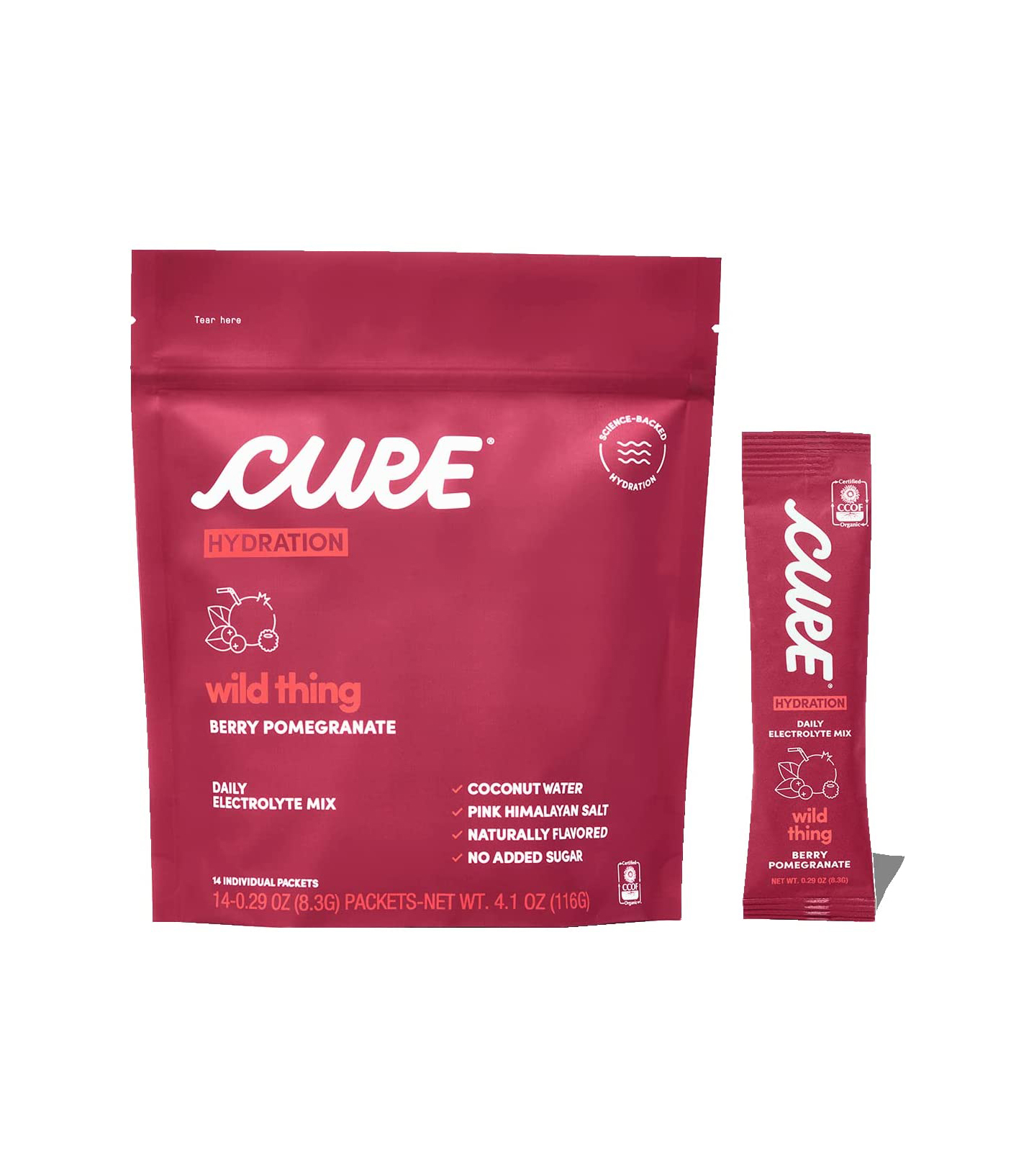11 Low-Sugar Foods That Will Keep You Full and Curb Your Cravings
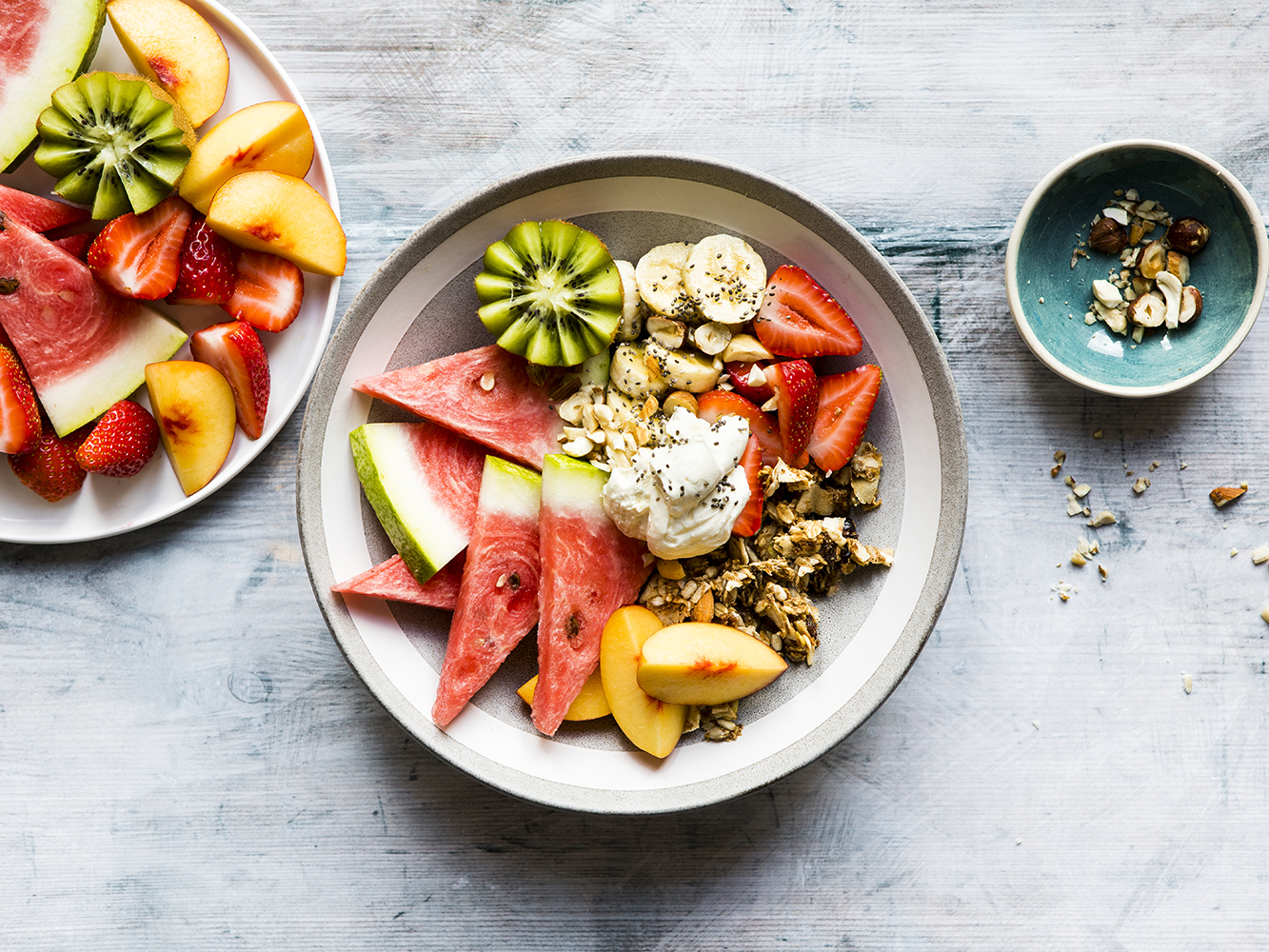
I say this knowing I am not alone. I used to have an addiction to sugar. No matter what I ate for dinner, my night wouldn't be complete without something sweet. It took a while to shake off the constant craving and learning to rely on a few fresh strawberries or a chocolatey vitamin, but I wanted to kick it once and for all. In fact, sugar addiction is real, but there are plenty of alternative ways to get that same sweet feeling without the side effects.
While the brain is dependent on sugar as its main fuel, recent studies by the Texas Institute for Neurologic Disorders proved that too much sugar negatively affects brain development and memory function: "The effect sugar has on dopamine and dopamine receptors makes it addictive and so difficult to eliminate sugar from the diet. Not only is sugar harmful to the health of the brain, but it is also harmful to the overall health of the body."
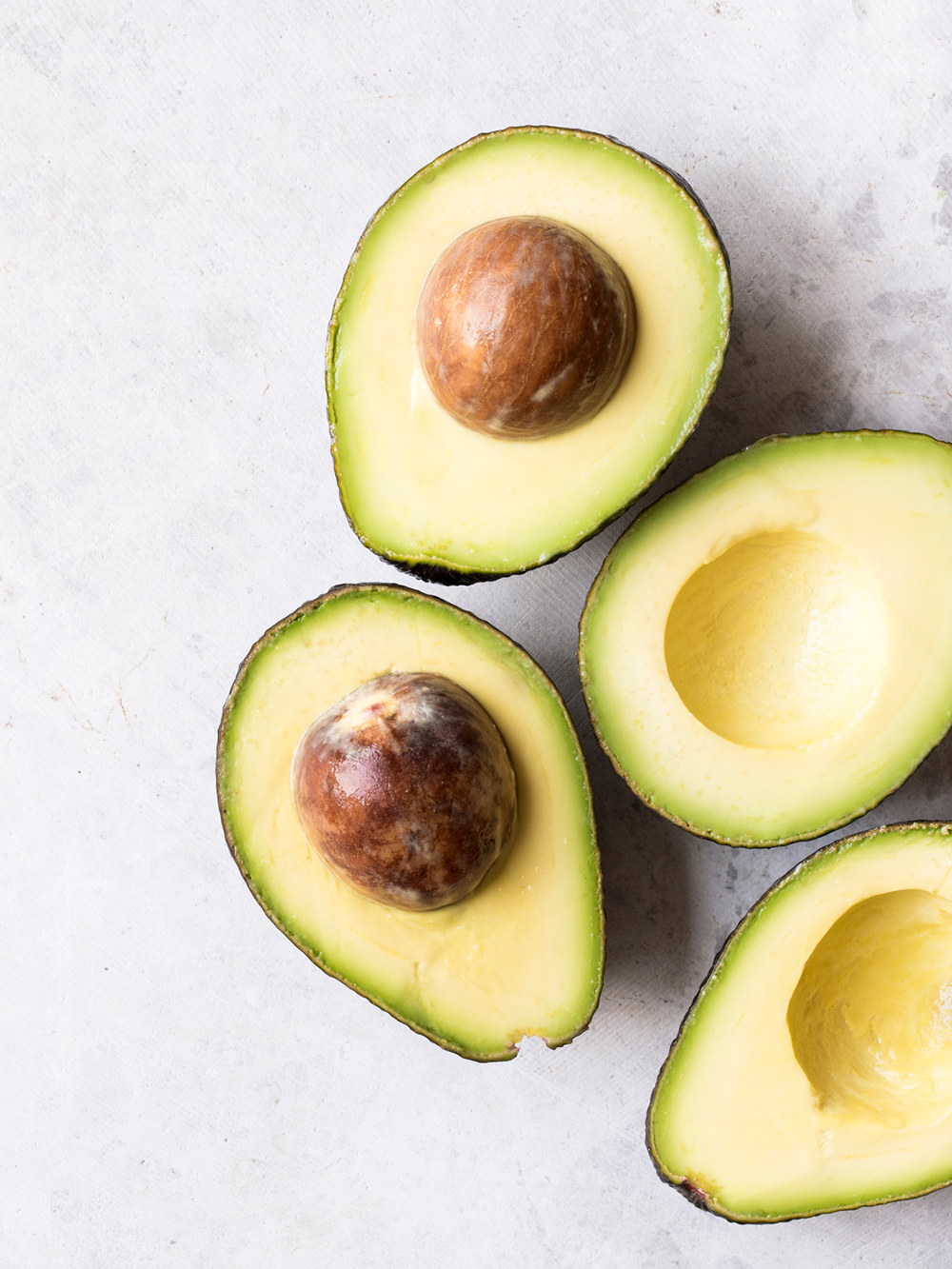
In addition to causing extreme energy fluctuations and intense cravings, too much sugar can also wreak havoc on other parts of your body—it can break down collagen faster, cause tooth decay, and lead to unhealthy weight gain. The trickiest part is that sugar is disguised in a total of 50 (yes, 50!) names, and artificial sweeteners are in everything from dressings to baked goods, so it can seem unavoidable. Instead of falling into the sugar trap, nutritionist, author, and speaker Erin Palinski-Wade, RD, CDE, LDN, CPT, suggests low-sugar foods that will keep you satiated and your palate varied. That way the thought, craving, or idea of sugar won’t even interest you.
The first step? "Start by identifying the top five sources of added sugar in your diet. I find the easiest way to do this is to track your food intake in an app like MyFitnessPal so you can quickly see the nutritional information and easily find the biggest sources of added sugar," Palinski-Wade suggests. "From there, work to make simple swaps to scale back on sugar."
Need some ideas for swaps and additions to make? Here are a few ideas below.
1. Oatmeal
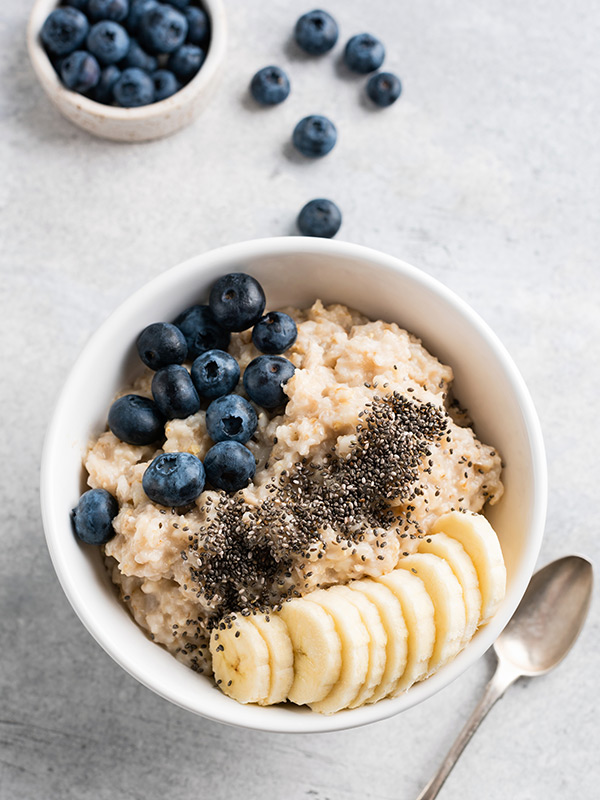
Packed with soluble fiber, oatmeal is a whole-grain, low-sugar superfood that provides a steady source of energy and keeps you feeling full. It's easy to digest and even easier to prepare—starting your day with a bowl of homemade oatmeal is the oldest, and most helpful trick in the book. Pre-portioned packs make it a no-brainer for a stable breakfast on the go and while traveling.
In general, carbs (such as cereal, white flour, pasta, and bread) can be full of processed sugar, and since they're without fiber, they aren't filling, leaving you craving a whole lot more. Look for filling ancient grains such as buckwheat, wild rice, farro, quinoa, and amaranth. Try a new one each week to find your favorite.
2. Leafy Greens
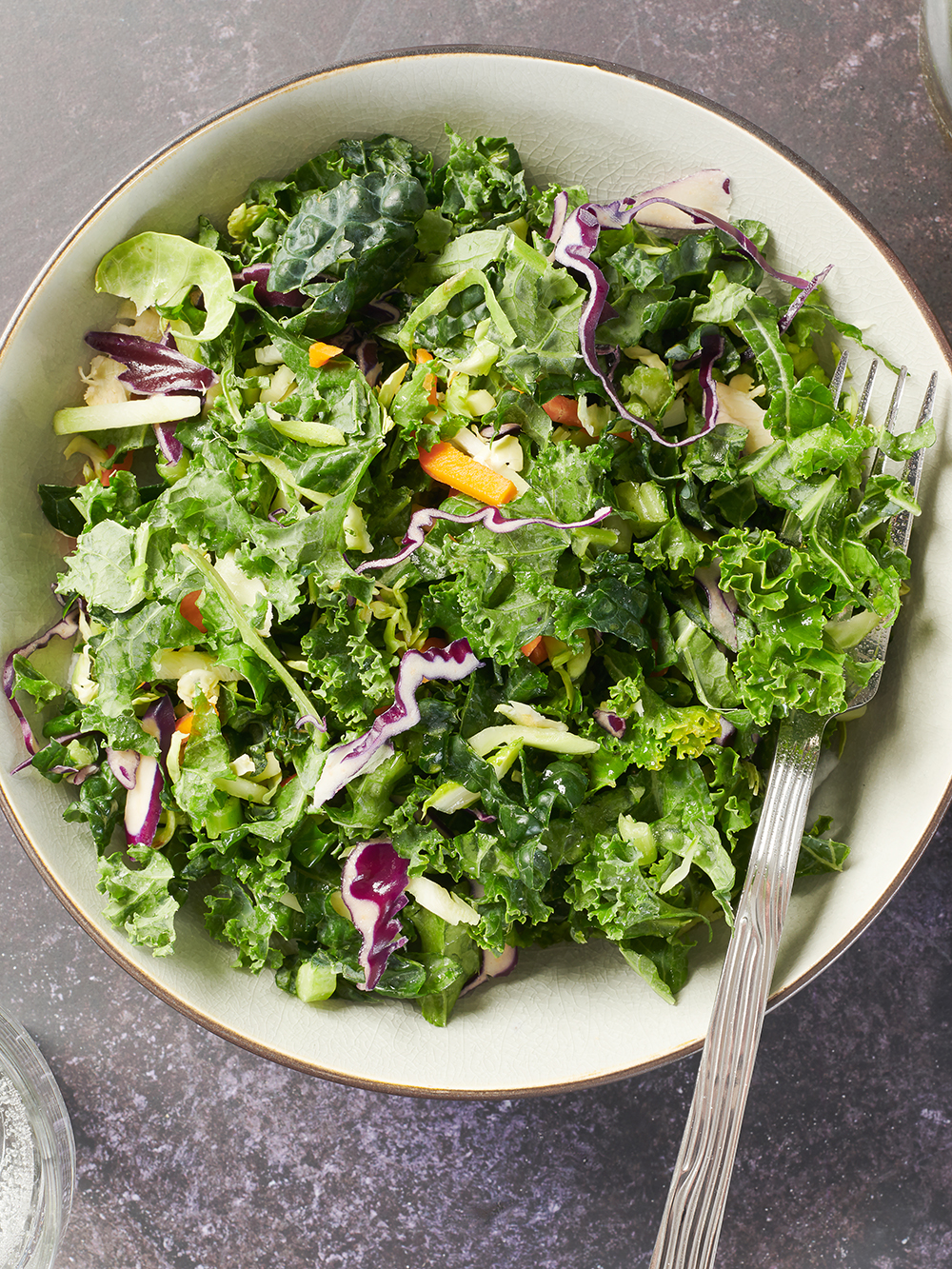
Without a doubt, there is nothing leafy greens can't be good for. Whether it's arugula, spinach, kale, or cruciferous veggies like cabbage and Brussels, they just contain so many vitamins, minerals, and a host of phytonutrients, and they're all great additions to your diet.
Filled with microbiome-supporting fiber, lots of hydration, and amino acids for protein, they're packed with chlorophyll, which is known to support detoxification and oxygenate the body. Virtually interchangeable, buy whatever is fresh and available and stir it into soups, sautees, pastas, and anything else.
3. Mushrooms
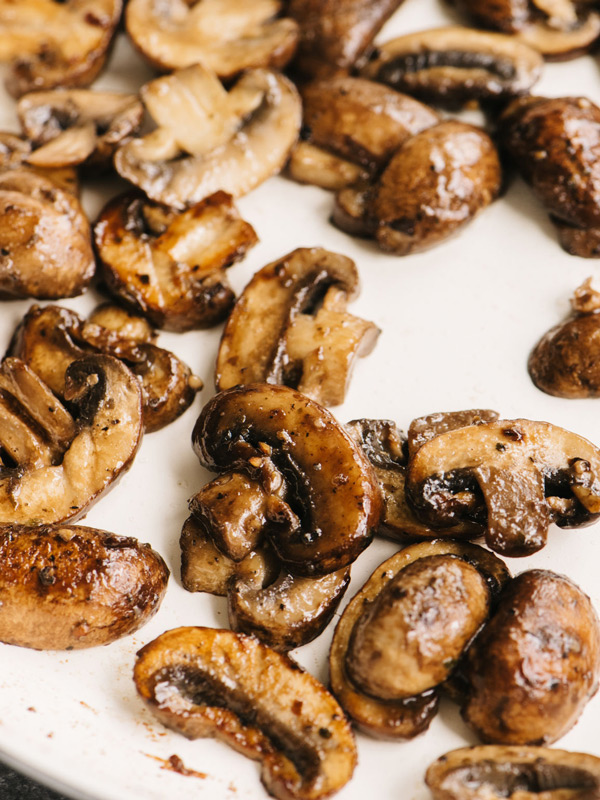
Mushrooms are a low-calorie, low-carb food that can be enjoyed on a diabetes-friendly diet. All mushrooms, including the traditional white, button, portobello, and shiitake, contain the antioxidant selenium, making them a great anti-inflammatory food, and it's a superfood due to its high amount of vitamin D, B, copper, and potassium.
4. High-Fiber Beans
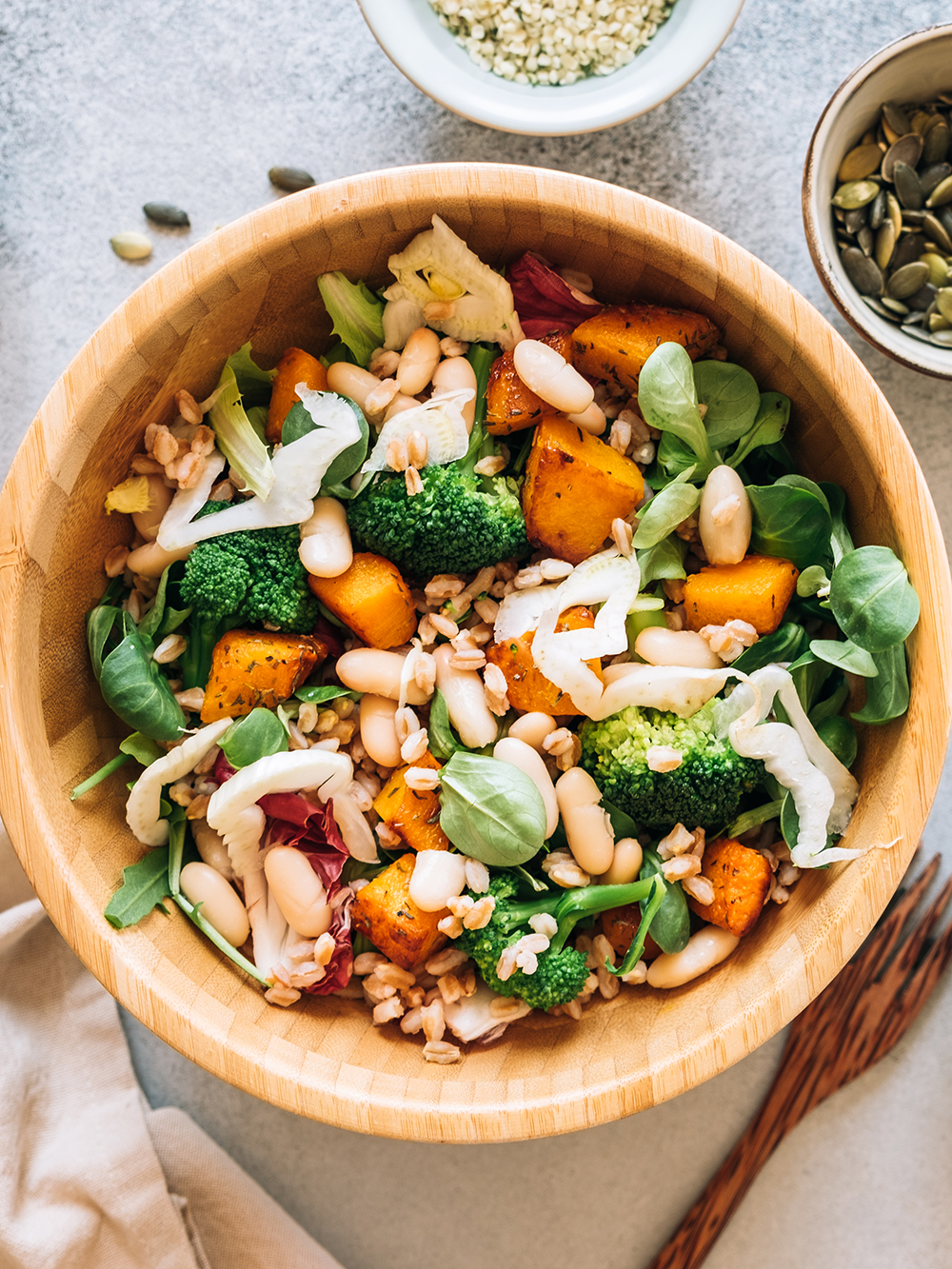
No matter what diet you follow, beans should always be present at least once a day. Inexpensive and versatile, beans are great sources of fiber, magnesium, potassium, and protein. They can also be prepared quickly.
One of Palinski-Wade's favorite beans are chickpeas: "They are a great way to boost the plant-based protein and fiber of any dish, from soups to salads. But they can also be seasoned and roasted to make a crunchy sugar-free snack."
6. Salmon
Naturally sugar-free, and high in protein, salmon is an oily fish that is rich in omega-3 fatty acids, which is crucial to incorporate into your diet. These fatty acids are thought to contribute to a healthy heart and help maintain skin, joints, and hormonal balance.
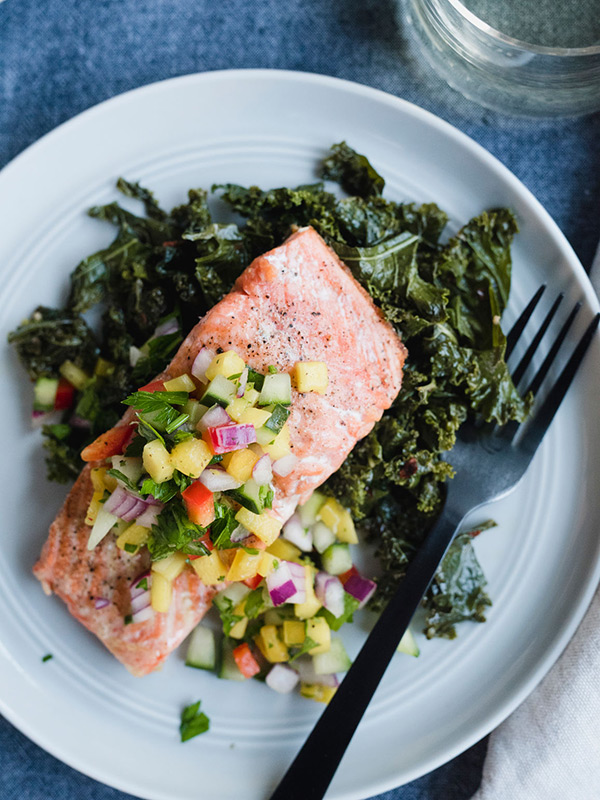
Studies suggest regular consumption reduces age-related brain loss and may improve memory. It's perfect for the grill, oven, or stove-top—look for wild, Pacific salmon.
6. Avocados
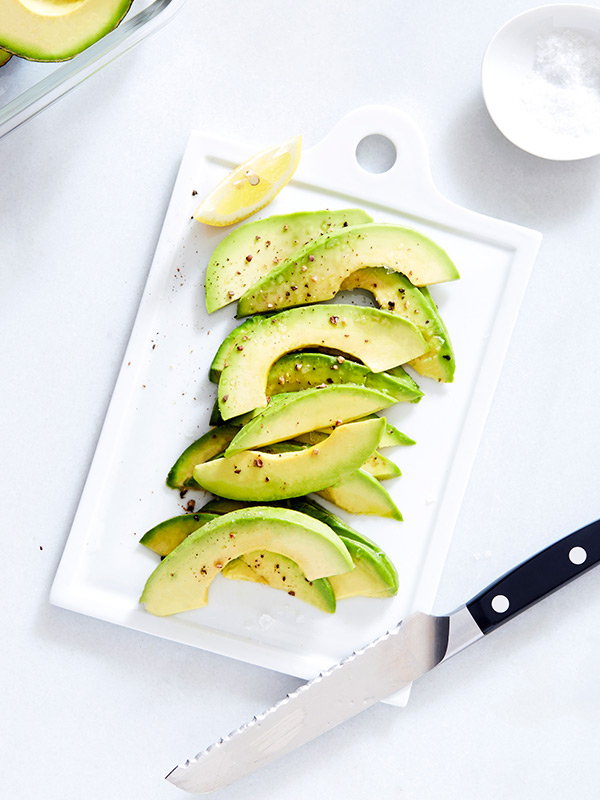
"As a naturally low-sugar fruit, avocado provides a filling source of fiber along with healthy fats and over 20 key nutrients," Palinski- Wade shares. "It is also incredibly versatile and can be enjoyed alone, blended into smoothies and sauces to add creaminess to the texture, or even mashed and used as a replacement for butter in baked goods."
Another option is to use avocado oil in baking, cooking, and raw as a dressing. High in fiber, low in carbs, the neutral oil doesn't raise blood sugar levels, making it a weight loss-friendly food—despite the fact it's a fat. The American Diabetes Association recommends including more monounsaturated and polyunsaturated fats than saturated or trans fats in your diet, and a fat like avocado oil is low in dietary cholesterol.
7. Seeds
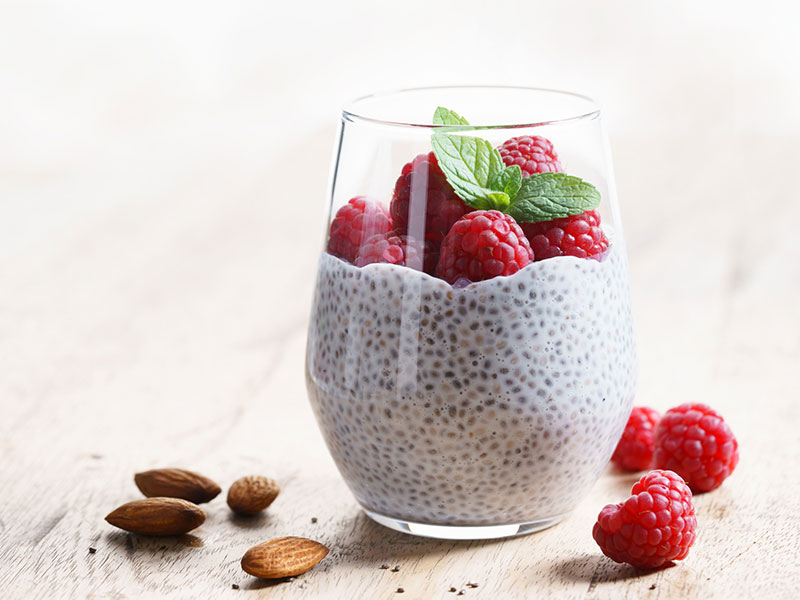
Teeny tiny seeds such as flax, hemp, and chia all pack a lot of nutrition in a small package. Not only are they a great source of plant-based protein, they also contain heart-healthy omega-3 fatty acids that benefit brain function and boosts the immune system.
Loaded with soluble fiber, the seeds are helpful in decreasing cholesterol, controlling blood sugars and regulating digestion. A recent study found that chia seeds slowed down how quickly the body released glucose, reducing the spike in blood sugar that comes after eating carbohydrates.
8. Berries

Nature's candy. The most life-enhancing food we can put into our bodies, fruit has the highest water content of any of the food groups and breaks down the fastest in our system, supplying us with readily available energy that can be used for immediate fuel. Fruit also is chock-full of fiber, and other nutrients such as potassium, which can help lower blood pressure, and flavonoids, your risk of heart disease.
That being said, high-sugar fruit juice should be avoided and dried fruits should be consumed in moderation. Fresh and frozen are always best, and can be added to anything from oatmeal to a green salad for some brightness. Even in powdered form, you can get 100% of your daily vitamin C from Your Super's antioxidant-rich berry mix or in the coating of a sweet dessert.
9. Greek Yogurt
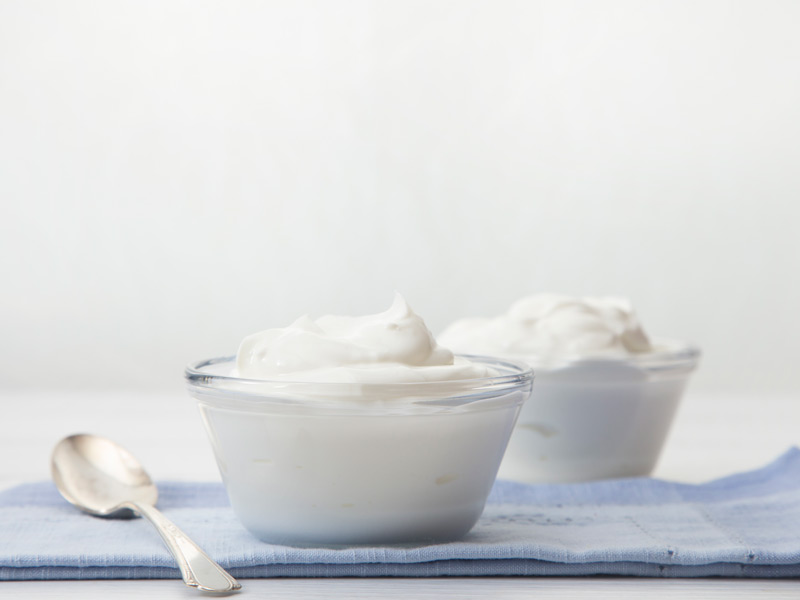
"Not all yogurt is created equal. In fact, some brands can have as much added sugar per serving as ice cream! That's why it is so important to pay attention to what you eat," shares Palinski-Wade. "My favorite way to do this is to compare yogurt brands using the MyFitnessPal app. They have a database of over 14 million foods, so you can just scan your yogurt and it will quickly pull in all of the nutrition information. So at a glance, you can compare brands and choose the option with the least amount of sugar."
Creamier and thicker than regular yogurt, unsweetened Greek yogurt might be the easiest switch of all. When compared, Greek yogurt has a lower amount of sugar (around 5-8 grams, compared to 12 or more grams) than regular yogurt. It still has high levels of vitamins and minerals, and it even contains about half the carbs and sugar as regular yogurt. It also has less calcium and sodium.
10. Cinnamon
Simple spices like cinnamon do way more than add depth to both baking and cooking, but they also add a natural sweetness to your food, which will keep sugar cravings in check. Naturally sweet, warming spices like cardamom, nutmeg, and cloves are also beloved in Ayurvedic medicine because they can improve poor digestion and may even help the body use insulin more efficiently, balancing the body's reaction to sugar.
11. Beverages
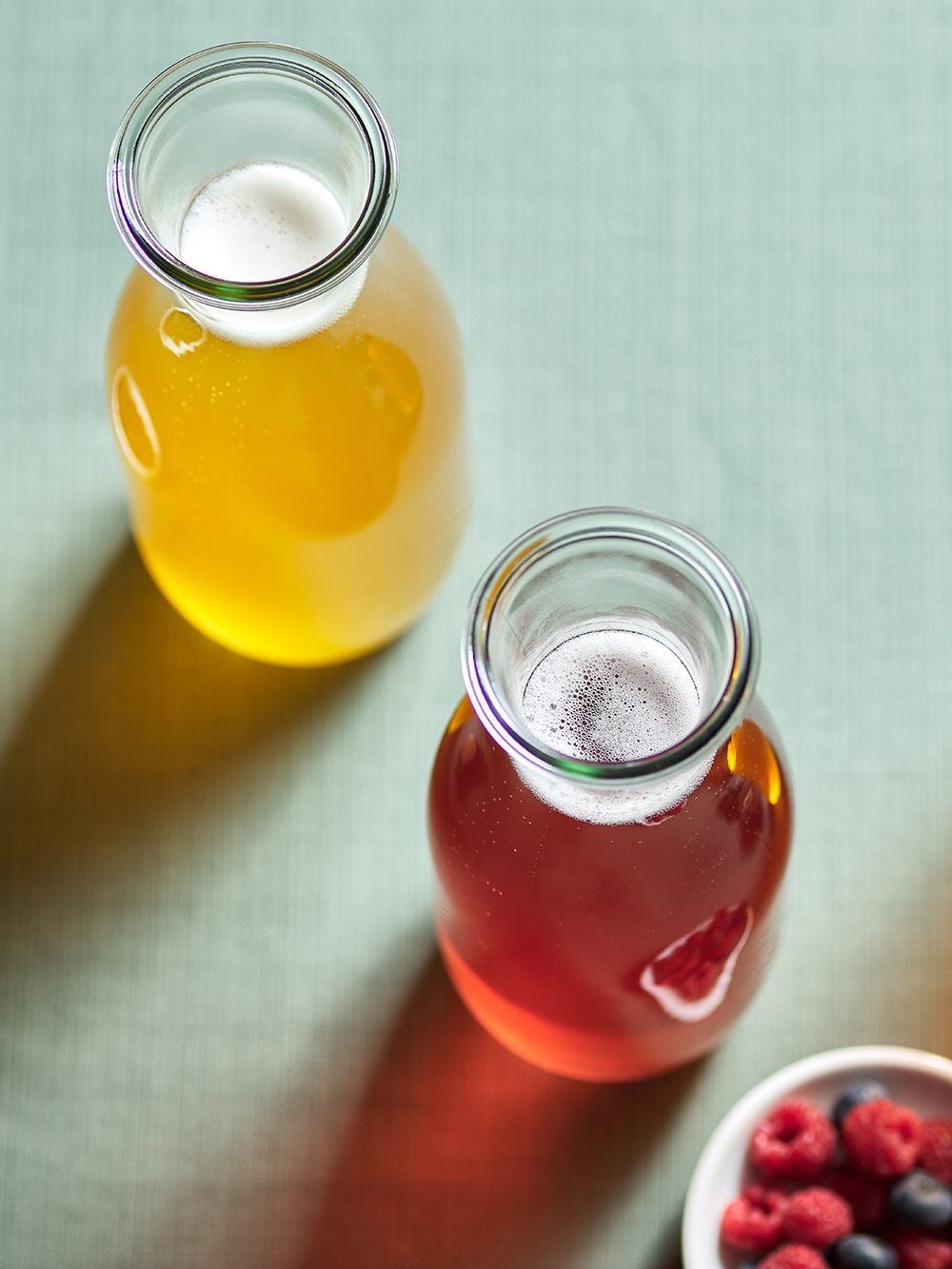
Sometimes dehydration is mistaken for sugar cravings. When your body experiences even a small drop in dehydration levels, it starts to feel low on energy. In turn, when energy levels are low, you feel the need to reach for something sugary, which is a quick source of glucose that fuels your cells.
Hidden sugar in sodas, sports drinks, and alcohol do more harm than good. When you need a little added boost of energy and when you crave something more than water, Cure is one of the only electrolyte brands without added sugar. Just a little taste, and you'll realize your sugar cravings are a thing of the past
Next, 35 Fruits and Veggies to Solve Your Skin, Digestion, and Inflammation Problems
Disclaimer
This article is provided for informational purposes only and is not intended to be used in the place of advice of your physician or other medical professionals. You should always consult with your doctor or healthcare provider first with any health-related questions.
-
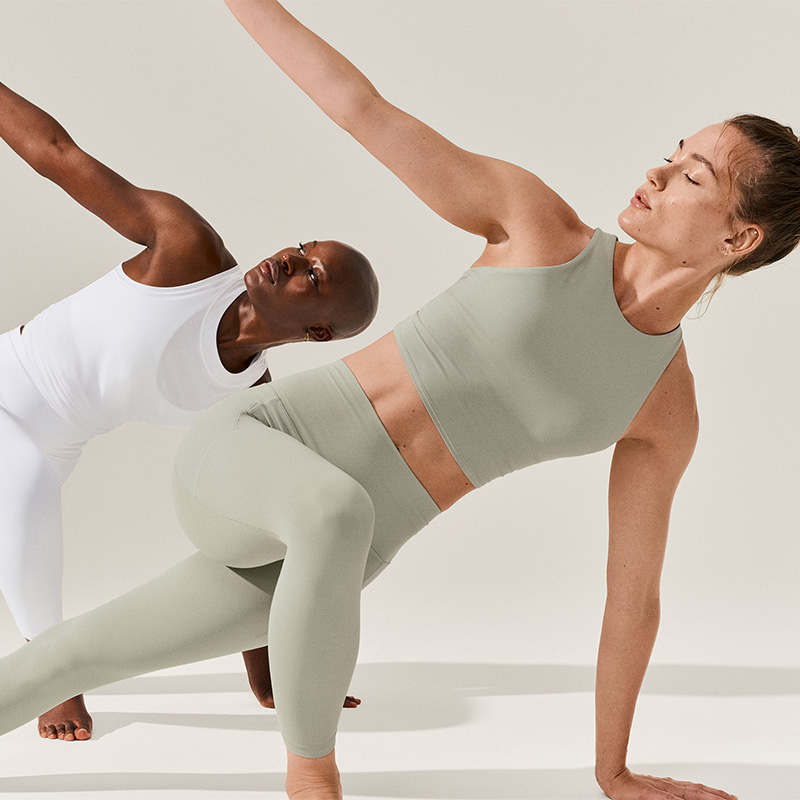 I Live for Yoga and Pilates—These Are the Pieces That Help My Flow
I Live for Yoga and Pilates—These Are the Pieces That Help My FlowTake notes.
By Humaa Hussain
-
 It's Time to Get Our Nutrition in Check for Summer—This App Is Making It Easy
It's Time to Get Our Nutrition in Check for Summer—This App Is Making It EasyThe recipe ideas are endless.
By Who What Wear
-
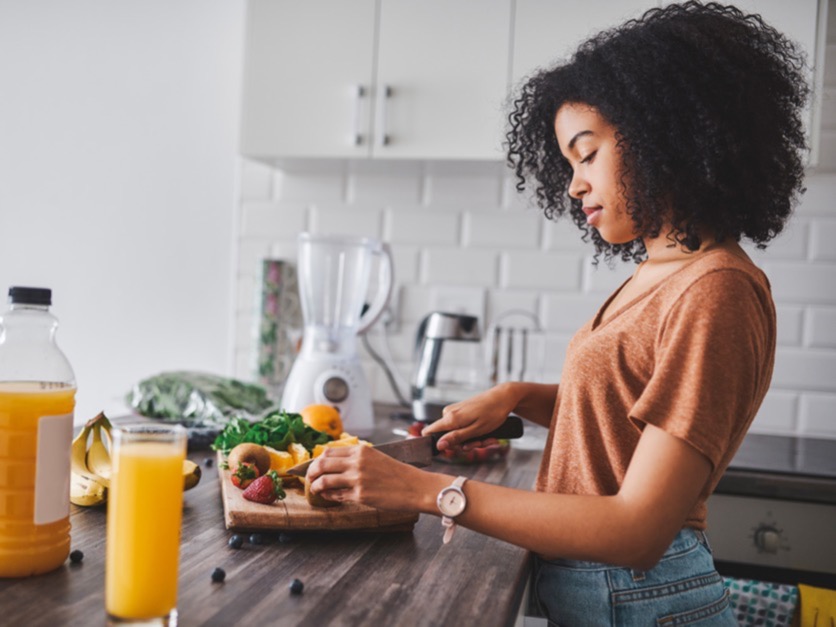 If You're Battling With Digestive Issues, This Could Be Why
If You're Battling With Digestive Issues, This Could Be WhyTurns out, you may not have IBS after all.
By Kia Topps
-
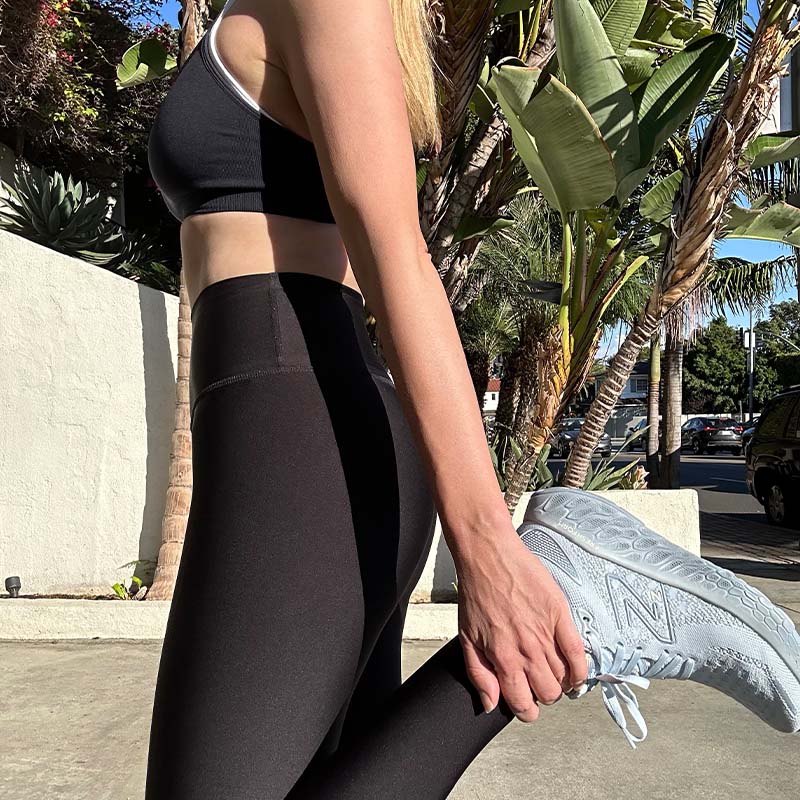 Our Editors Own a Lot of Sneakers, But This Pair Comes in First Place Every Time
Our Editors Own a Lot of Sneakers, But This Pair Comes in First Place Every TimeA major win.
By Aniyah Morinia
-
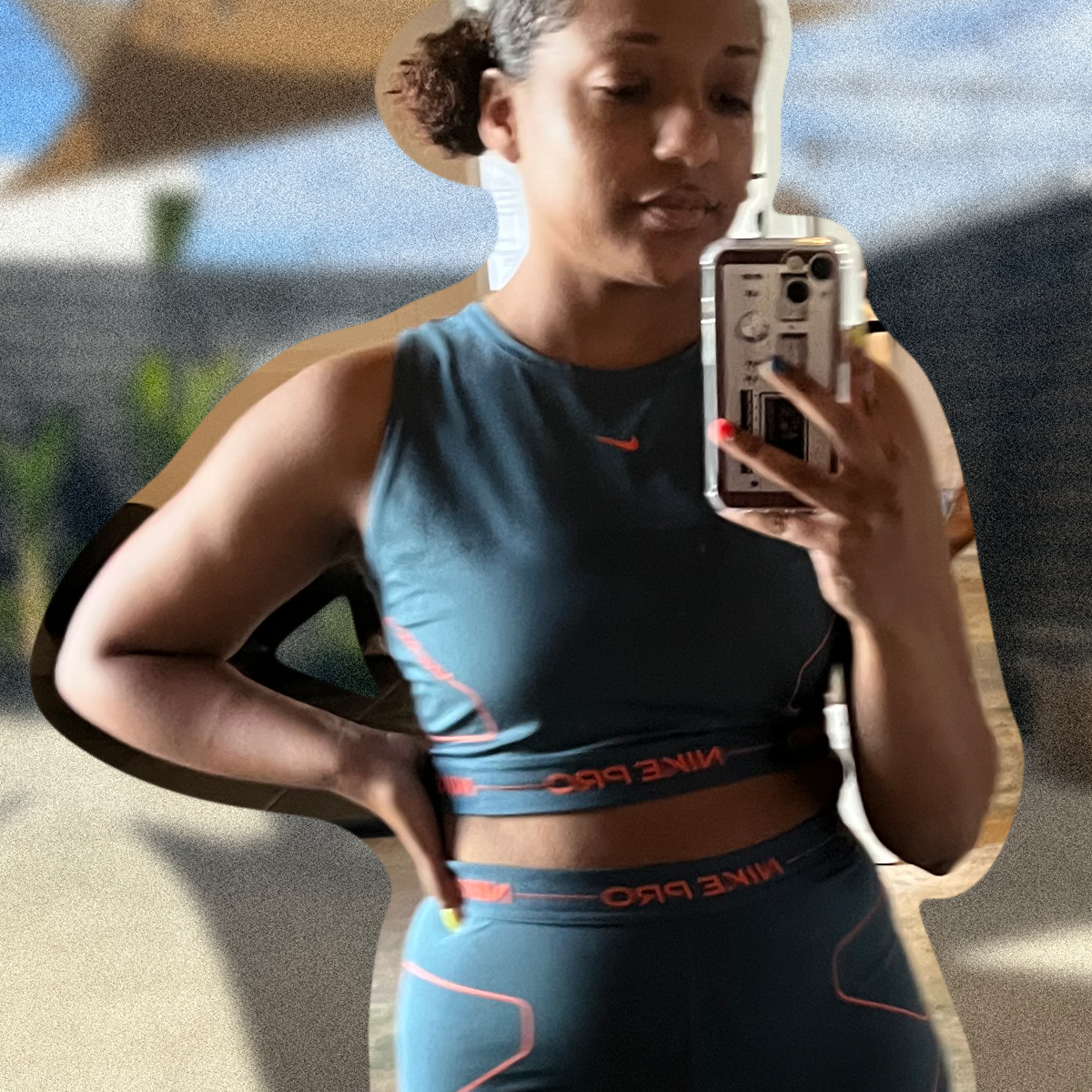 I Changed My Mind About Strength Training When I Tried This Workout
I Changed My Mind About Strength Training When I Tried This WorkoutMy confidence is officially on 10.
By Kia Topps
-
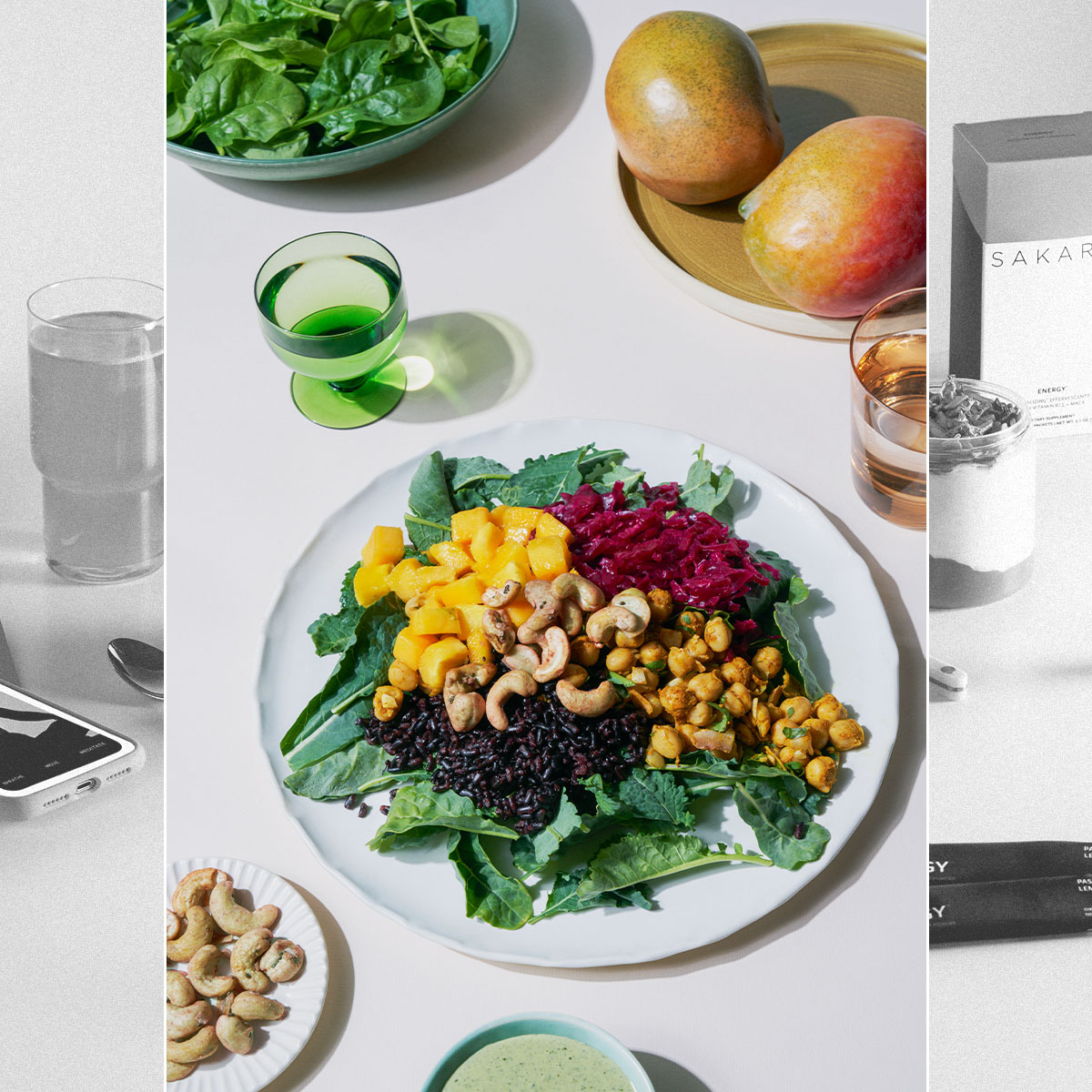 Bella Hadid and Gwyneth Paltrow Apparently Love Sakara Life, so We Tried It for 30 Days
Bella Hadid and Gwyneth Paltrow Apparently Love Sakara Life, so We Tried It for 30 DaysHere are our honest thoughts.
By Erin Jahns
-
 This Type of Gear Will Take Your Workout to the Next Level
This Type of Gear Will Take Your Workout to the Next LevelBring it on.
By Sarah Yang
-
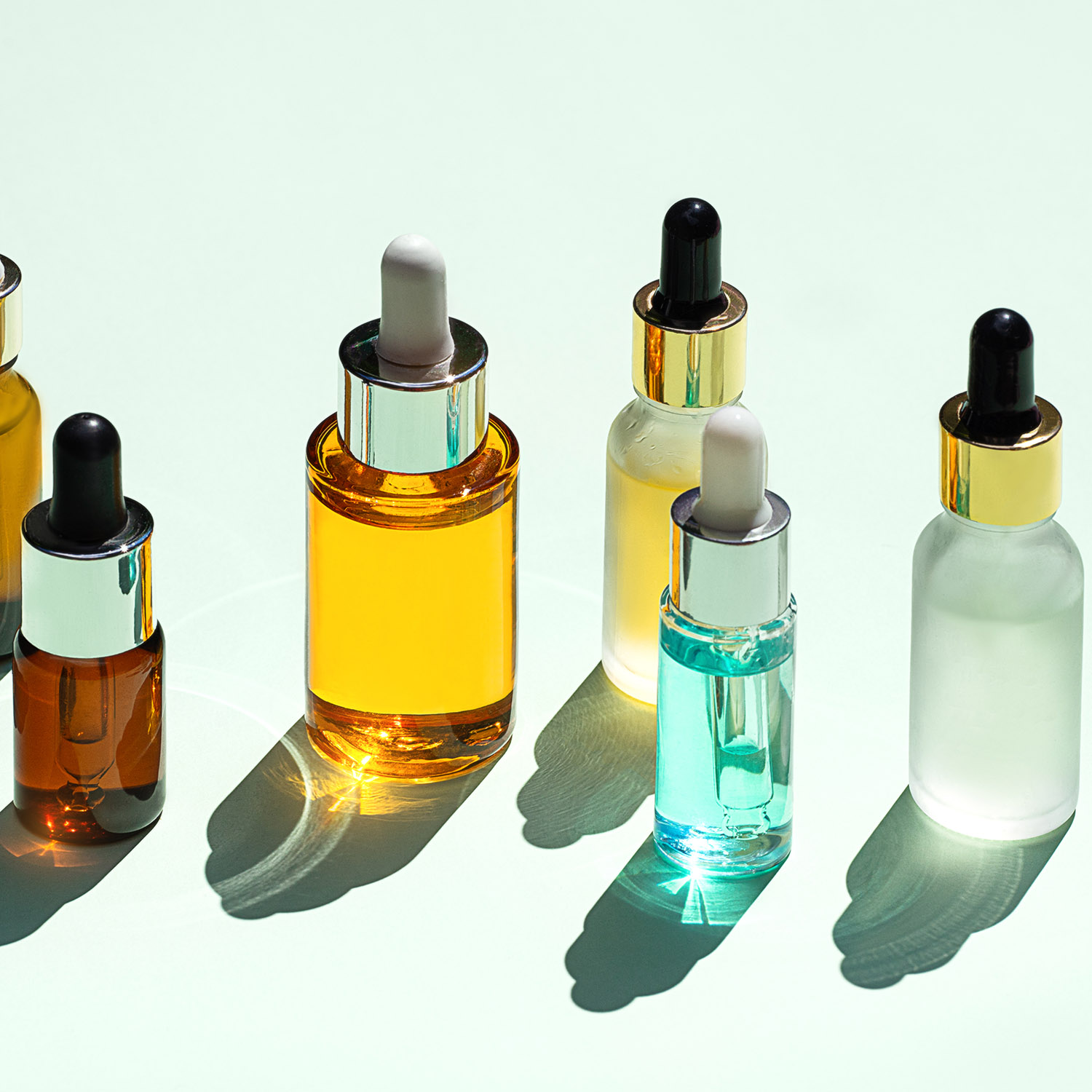 6 Essential Oils That Will Heal Your Painful Sunburns
6 Essential Oils That Will Heal Your Painful SunburnsAll-natural relief ahead.
By Samantha Parsons
